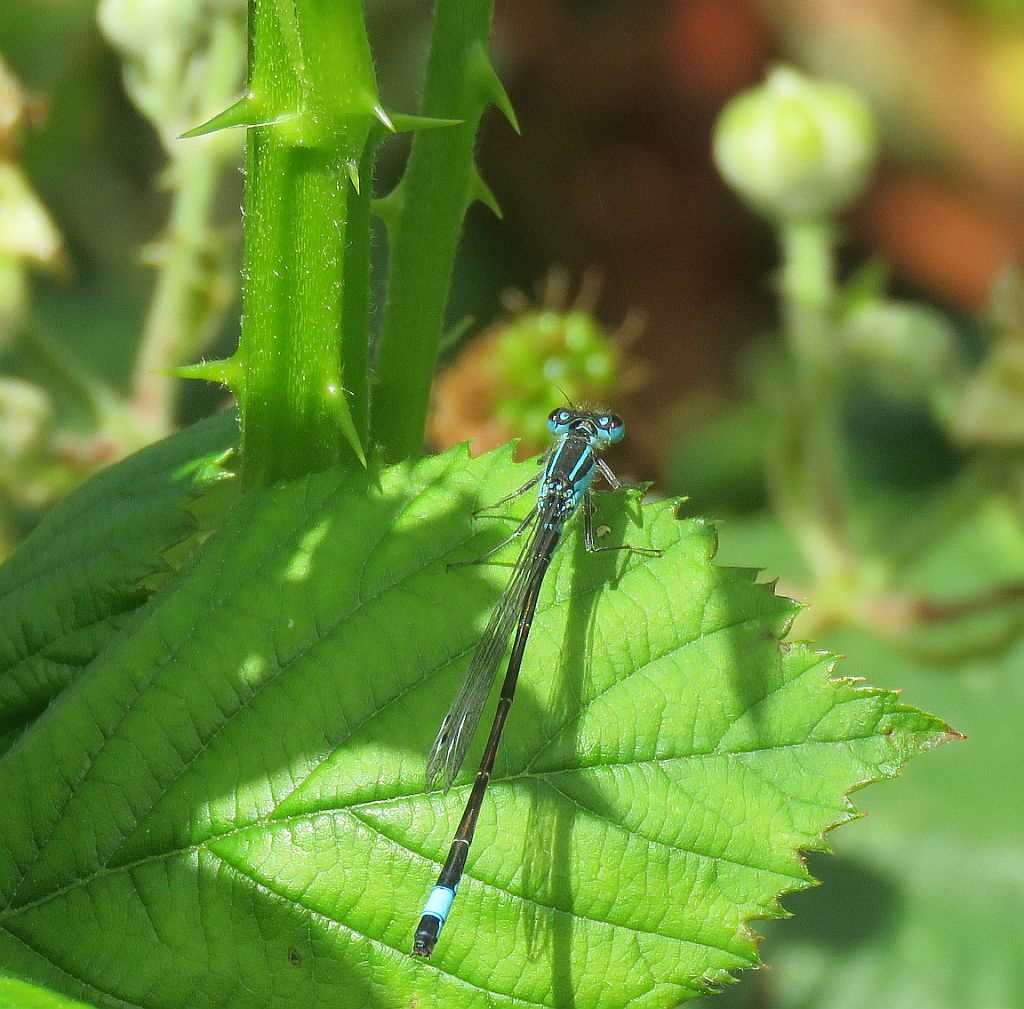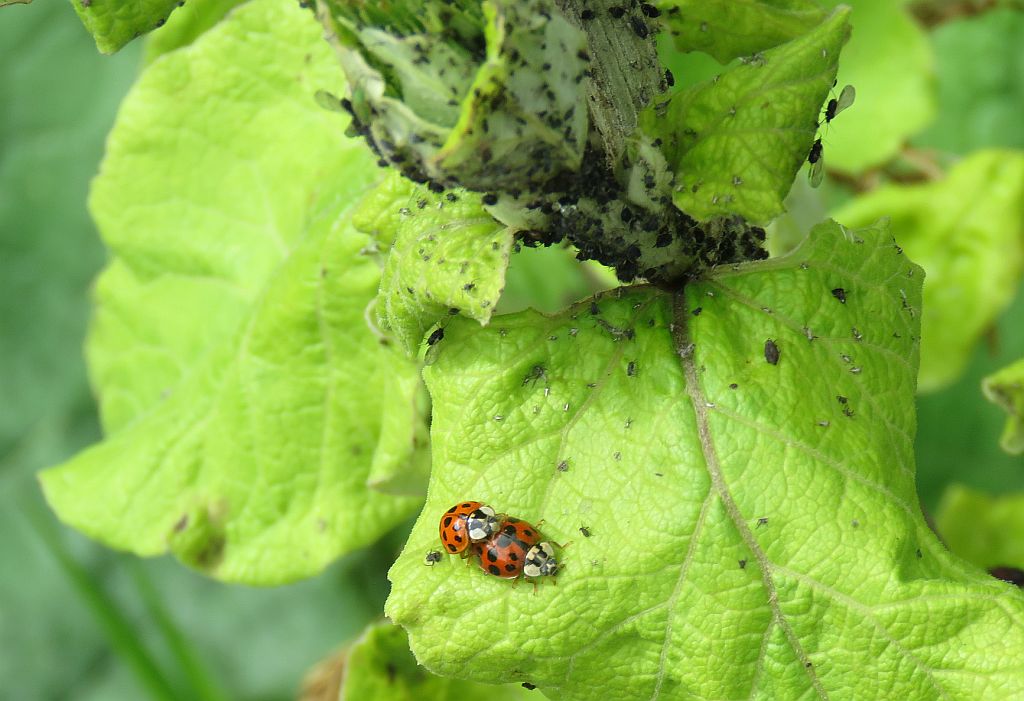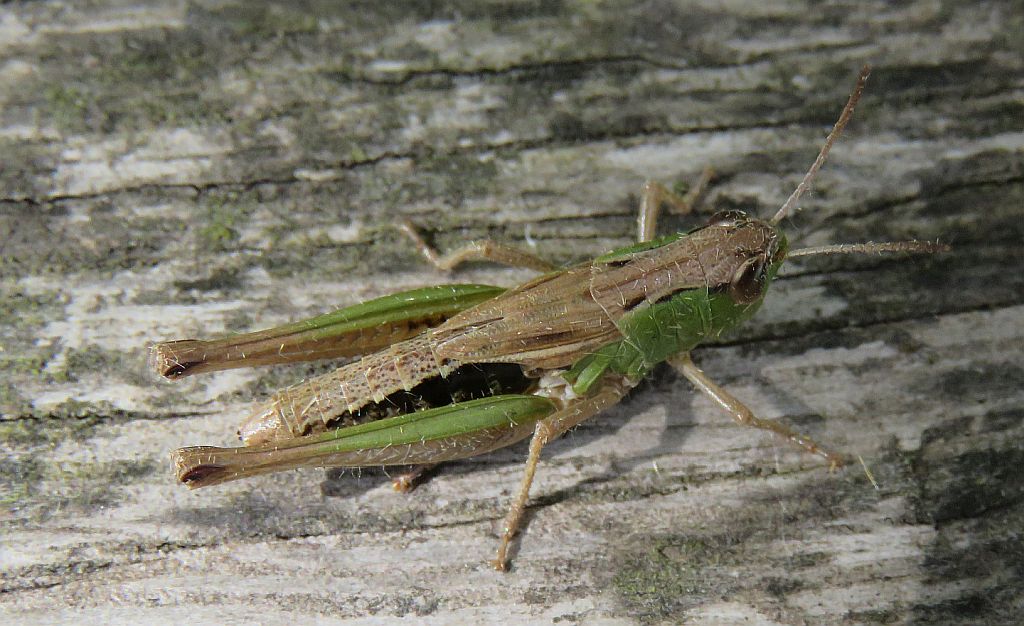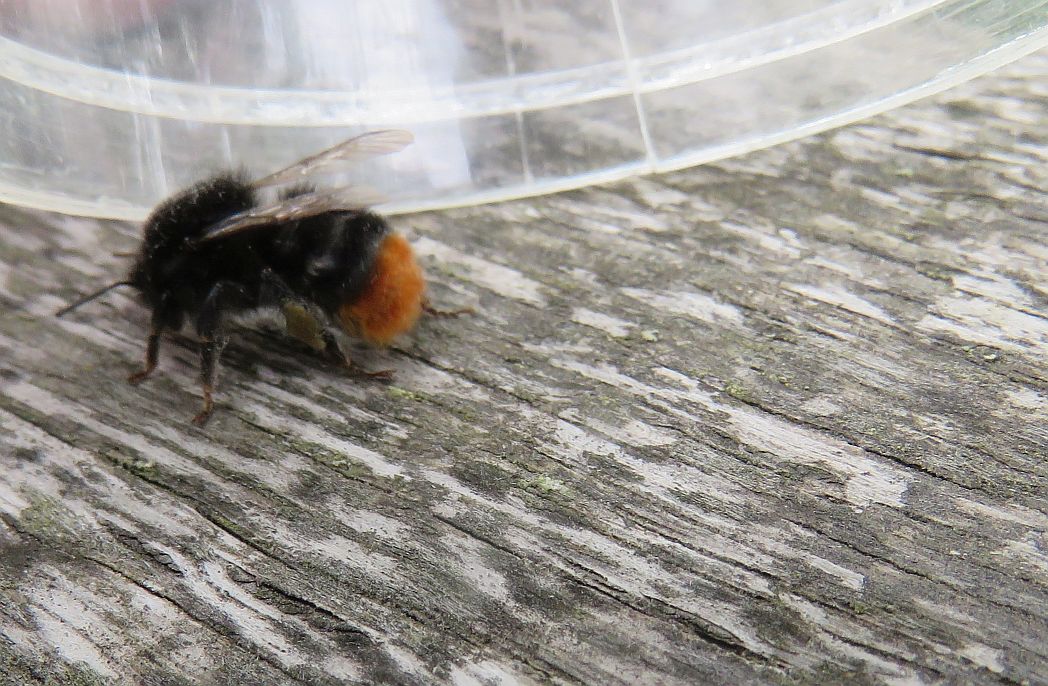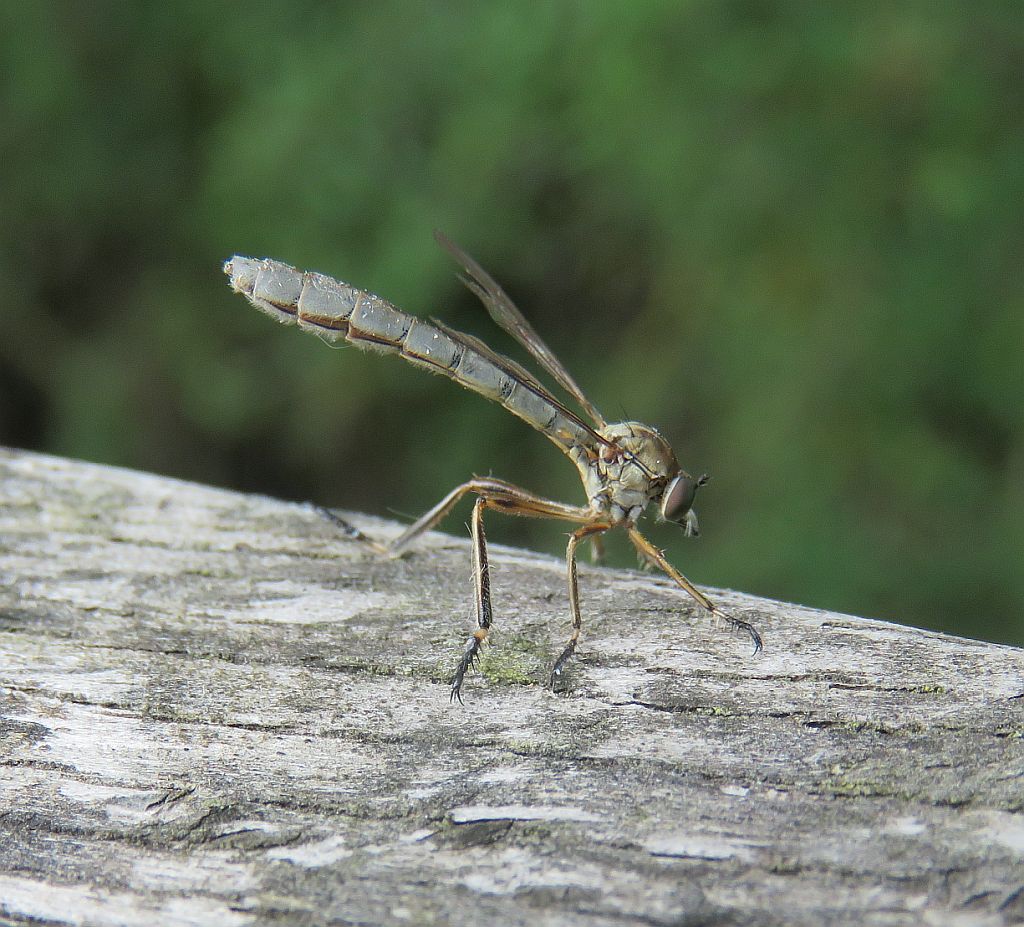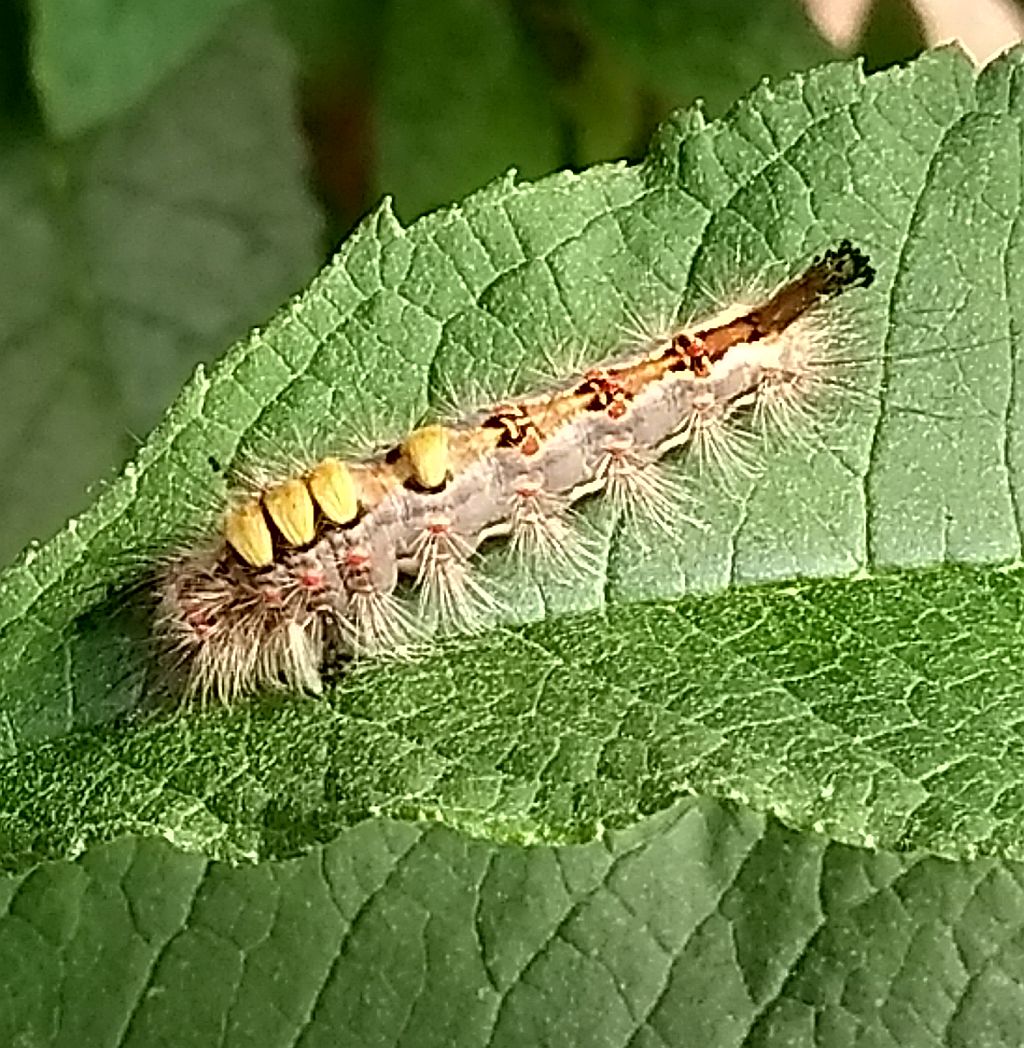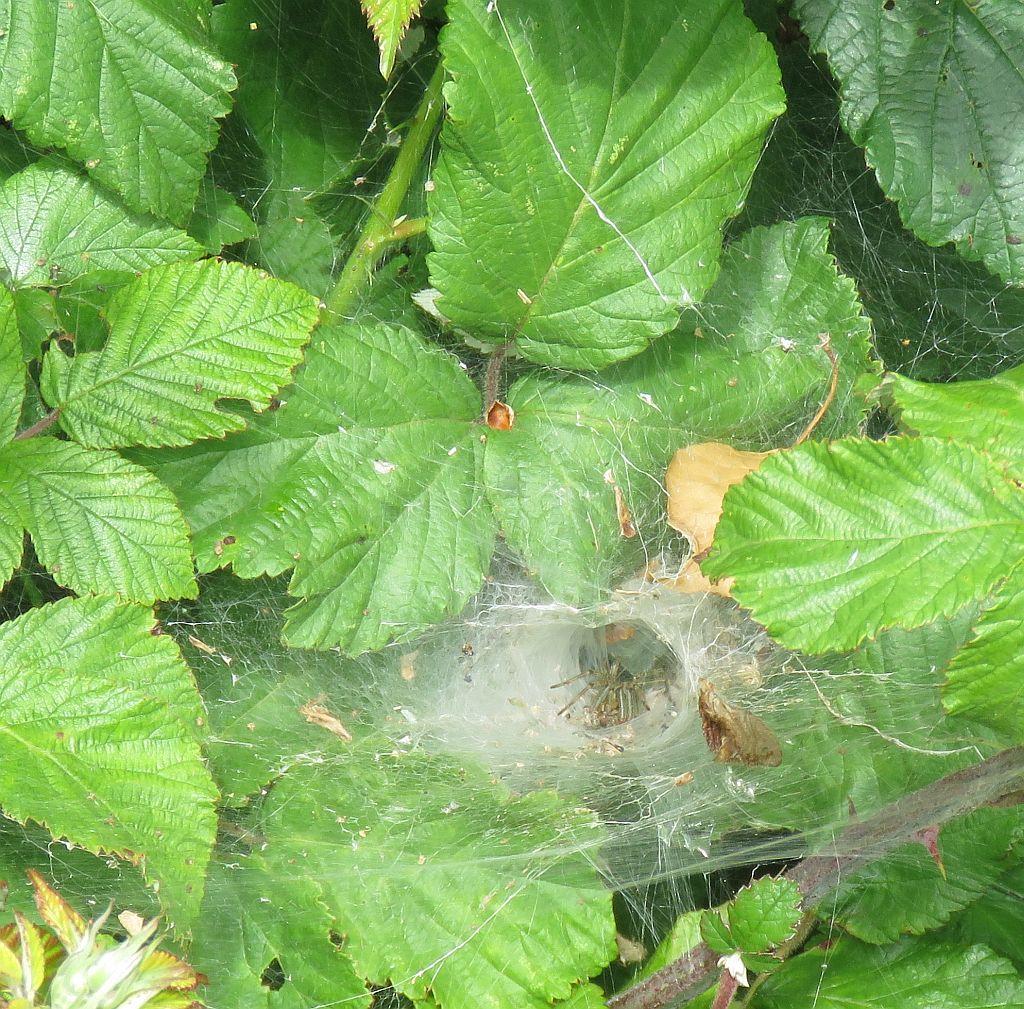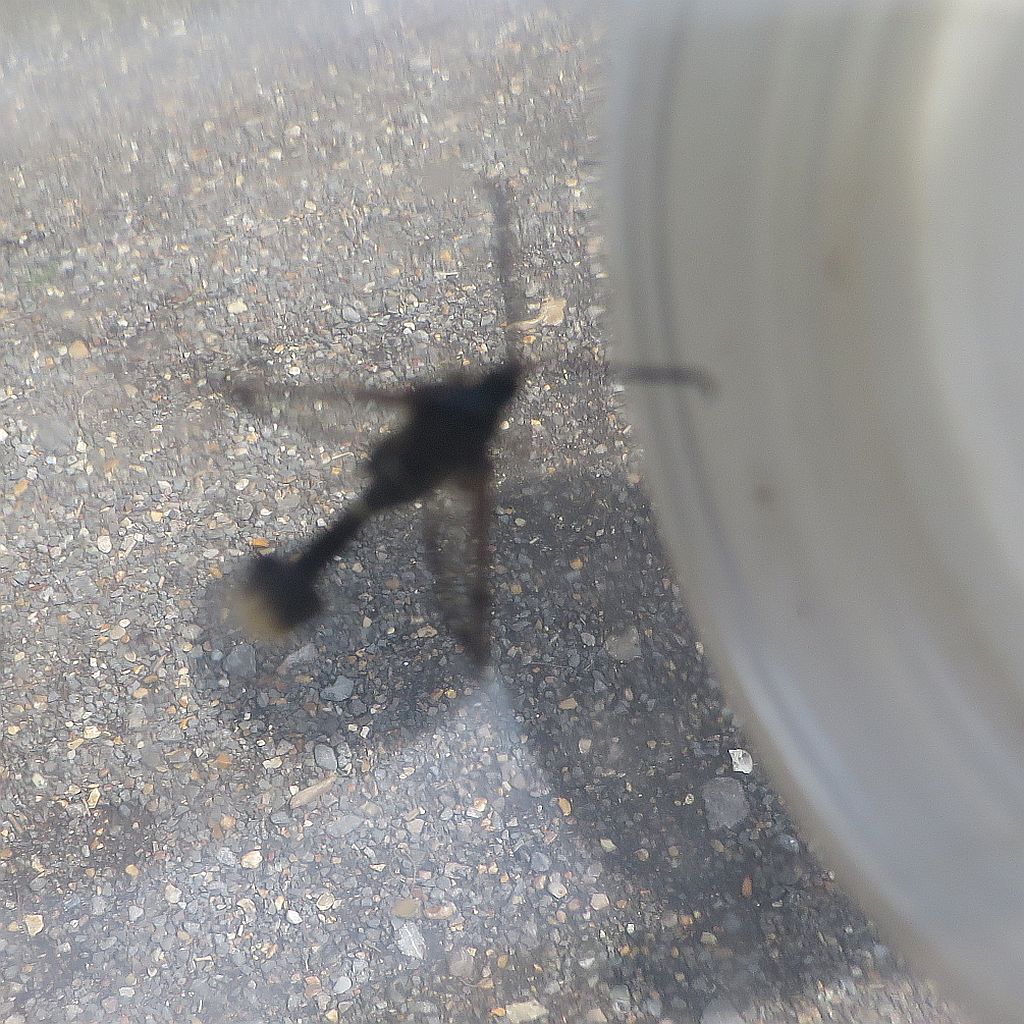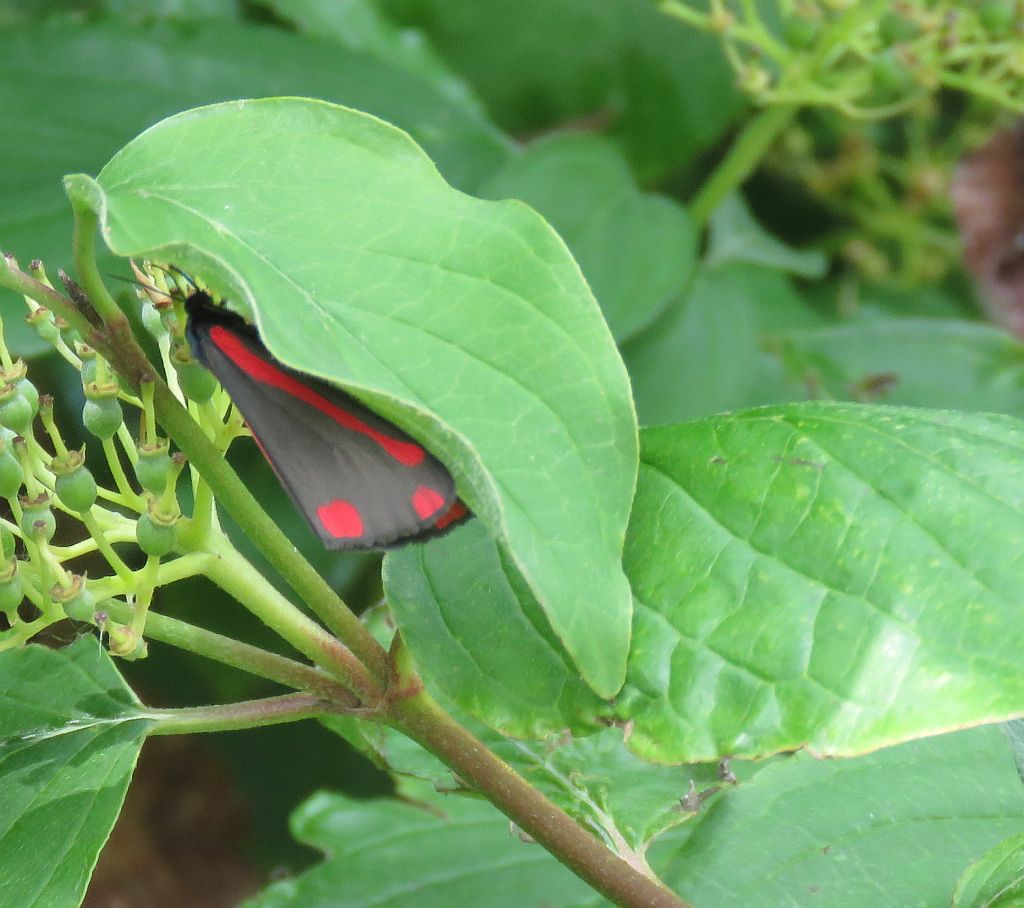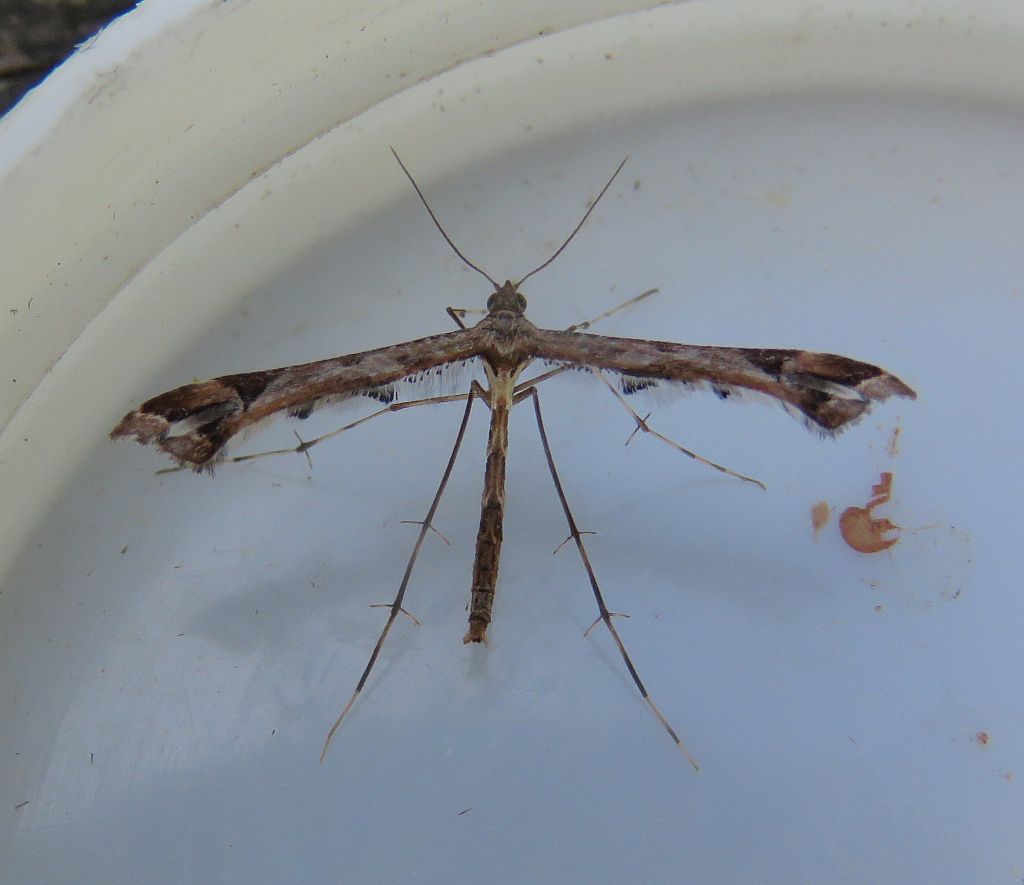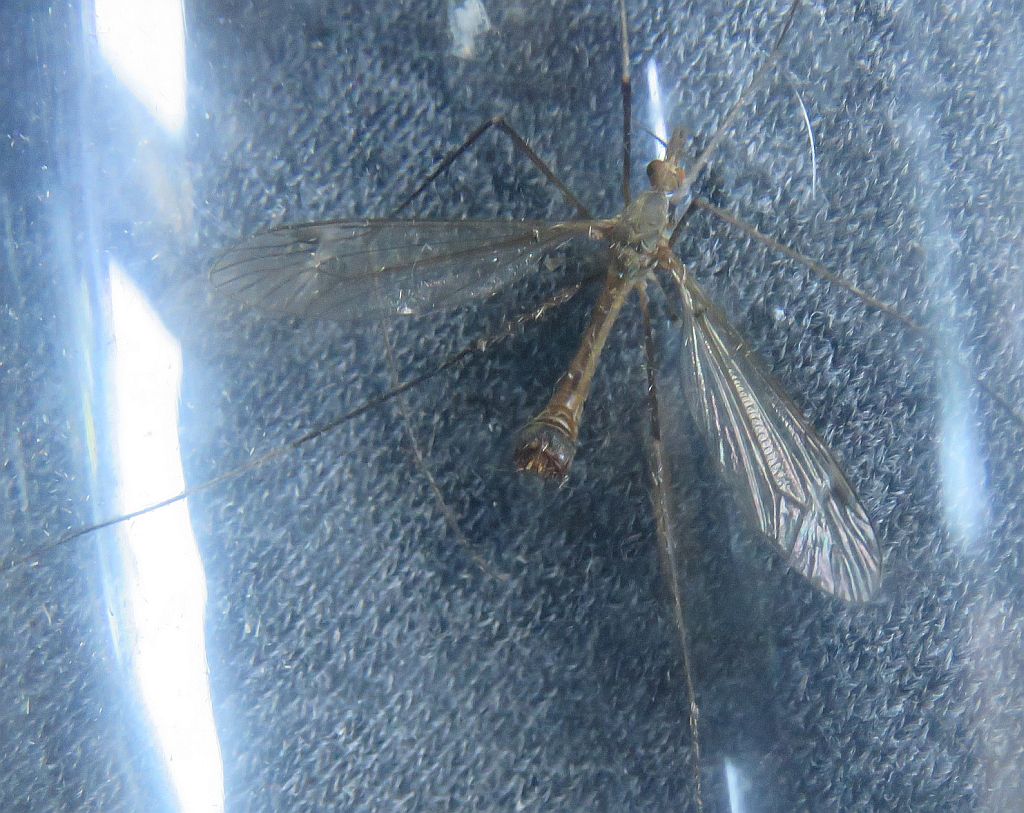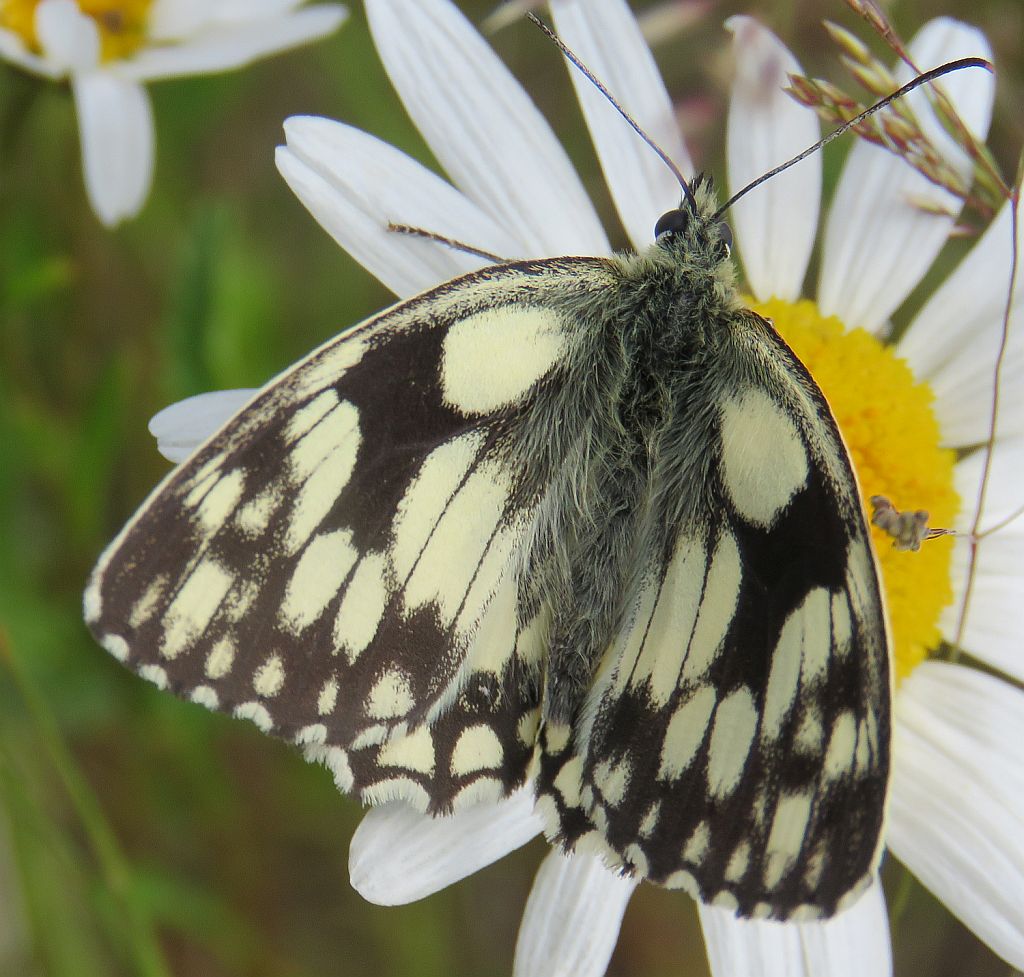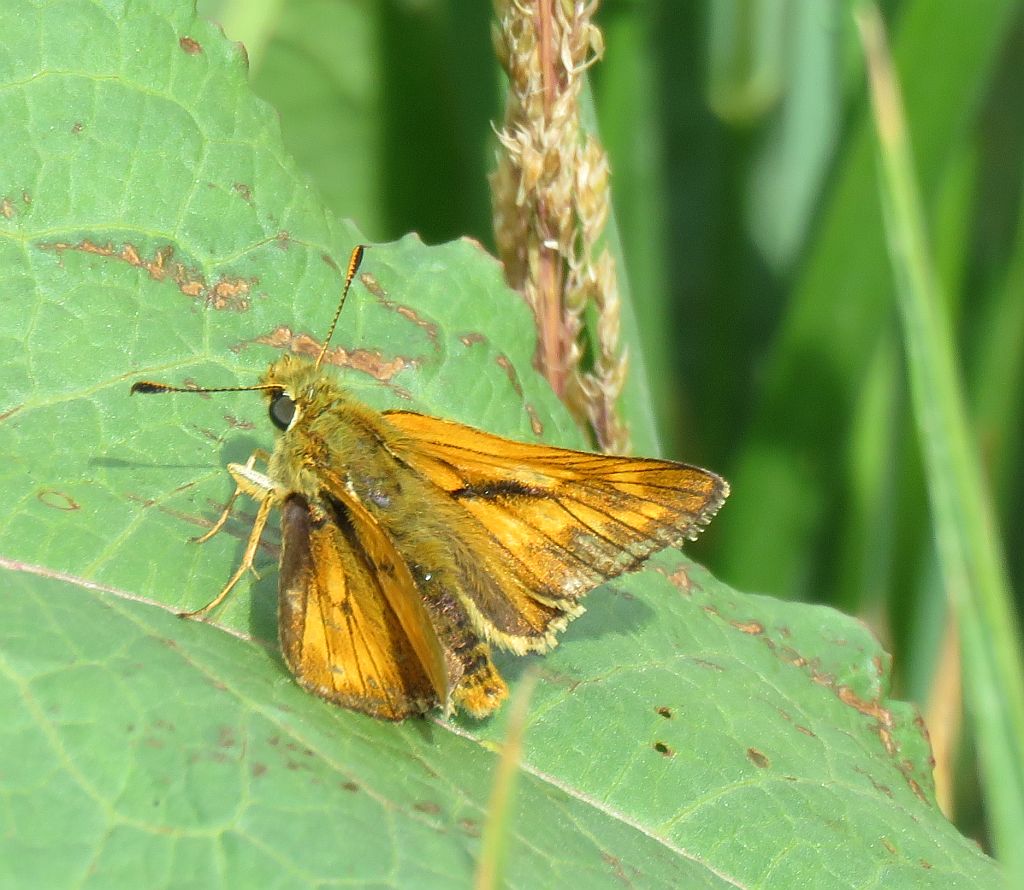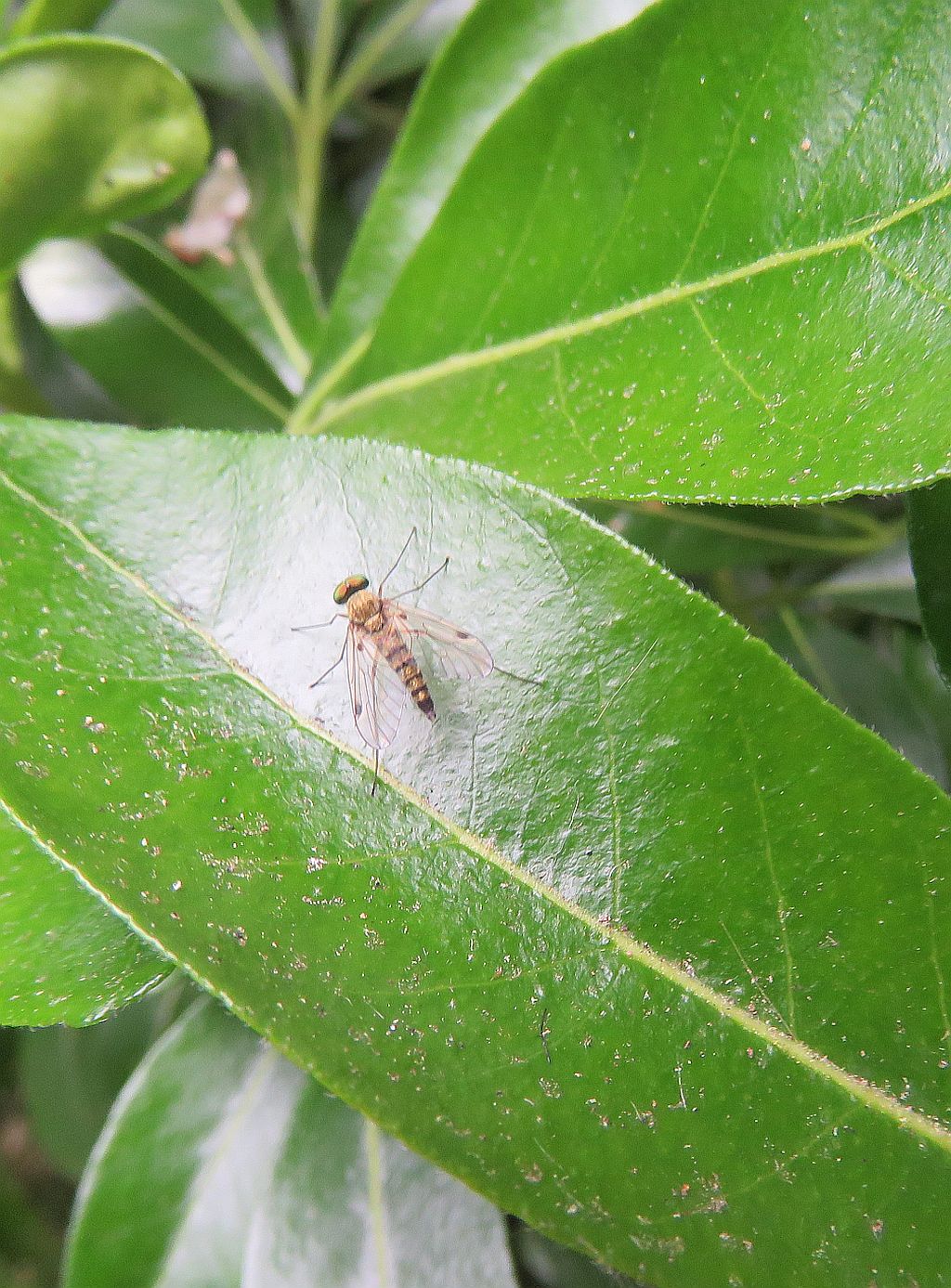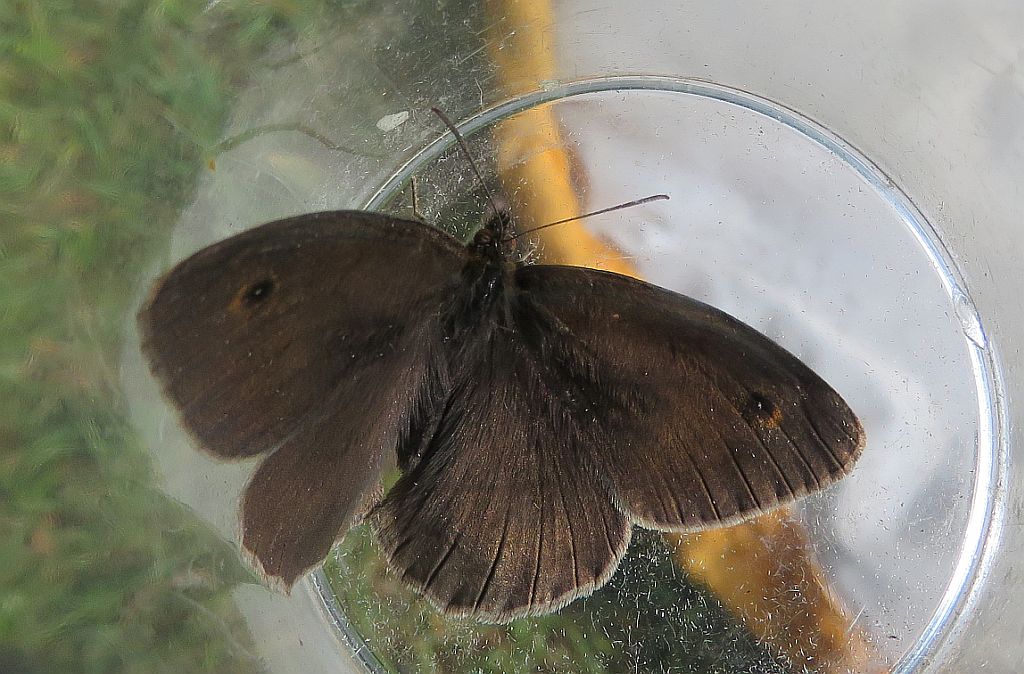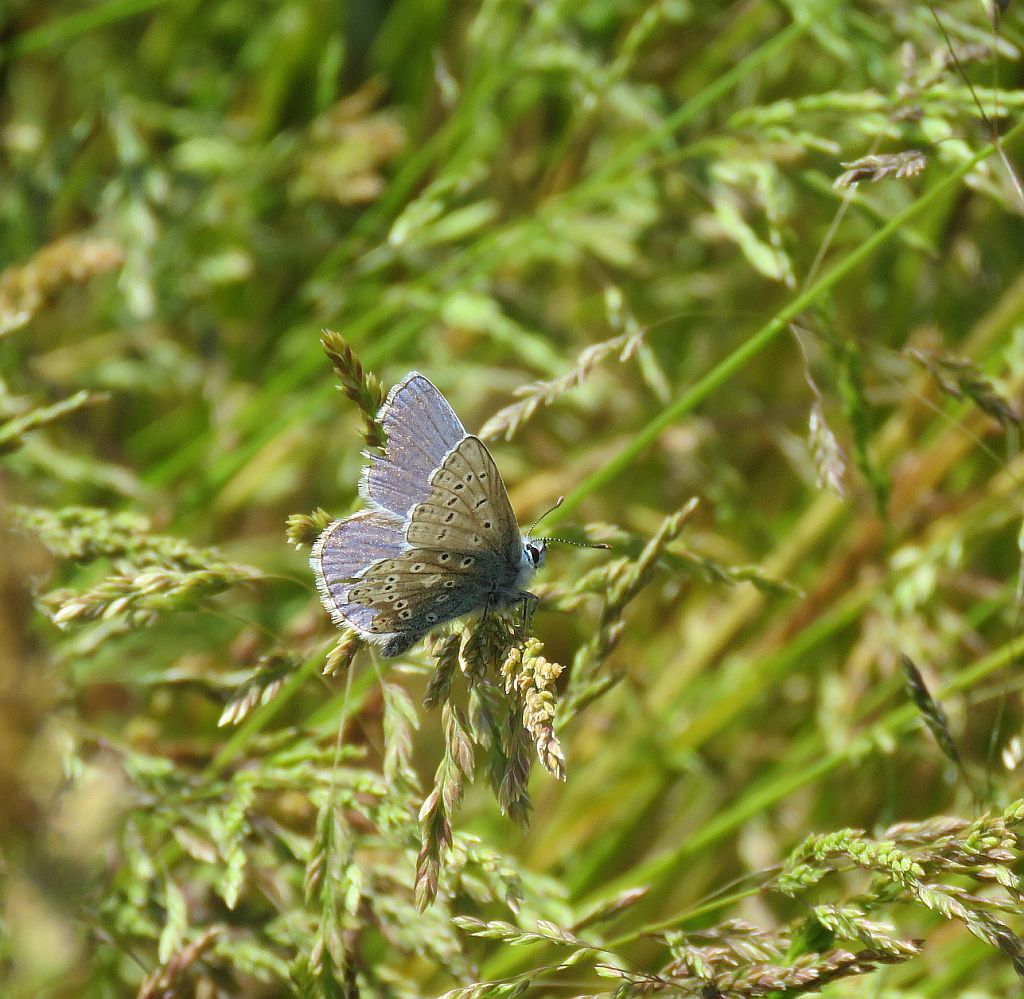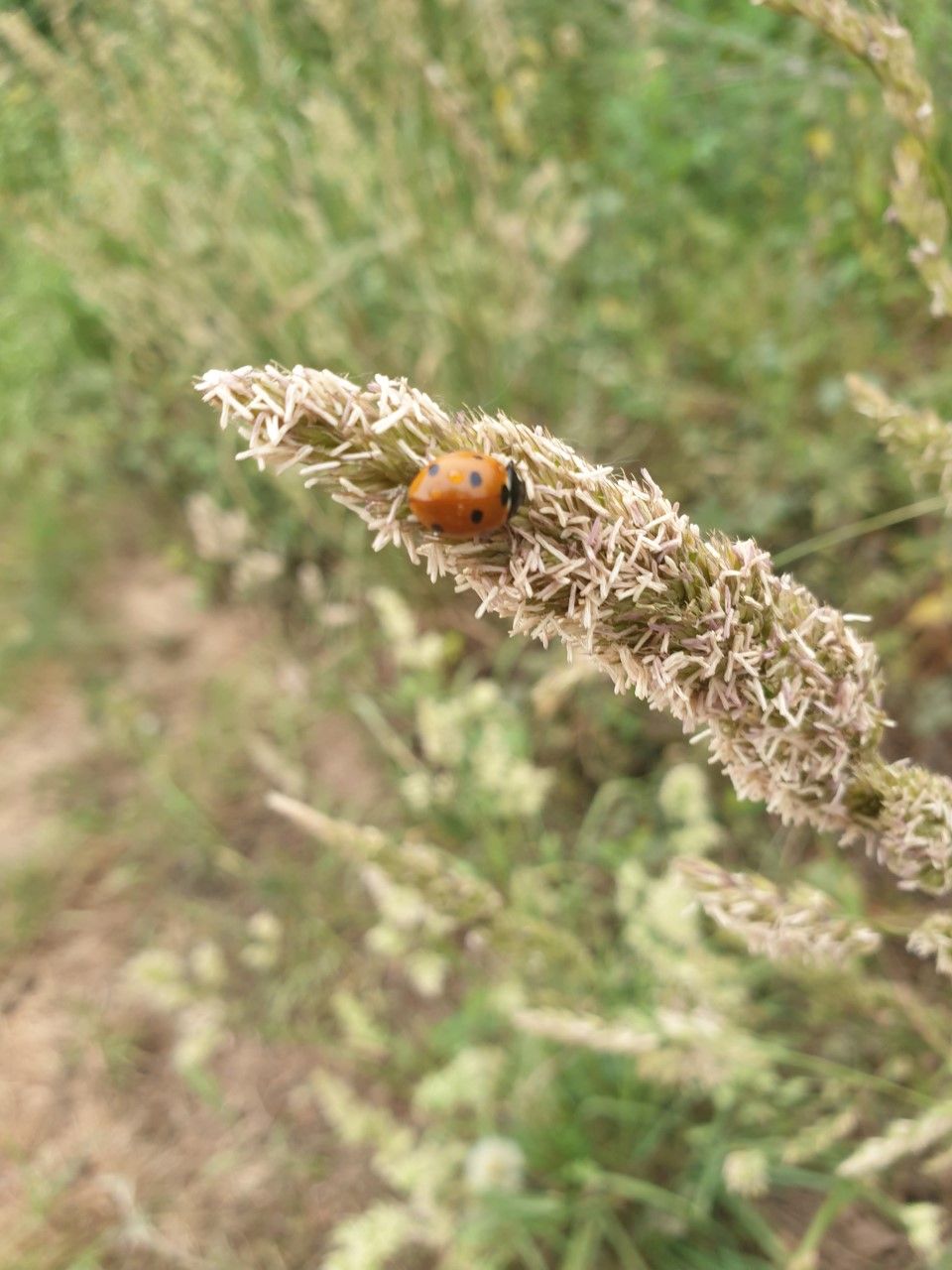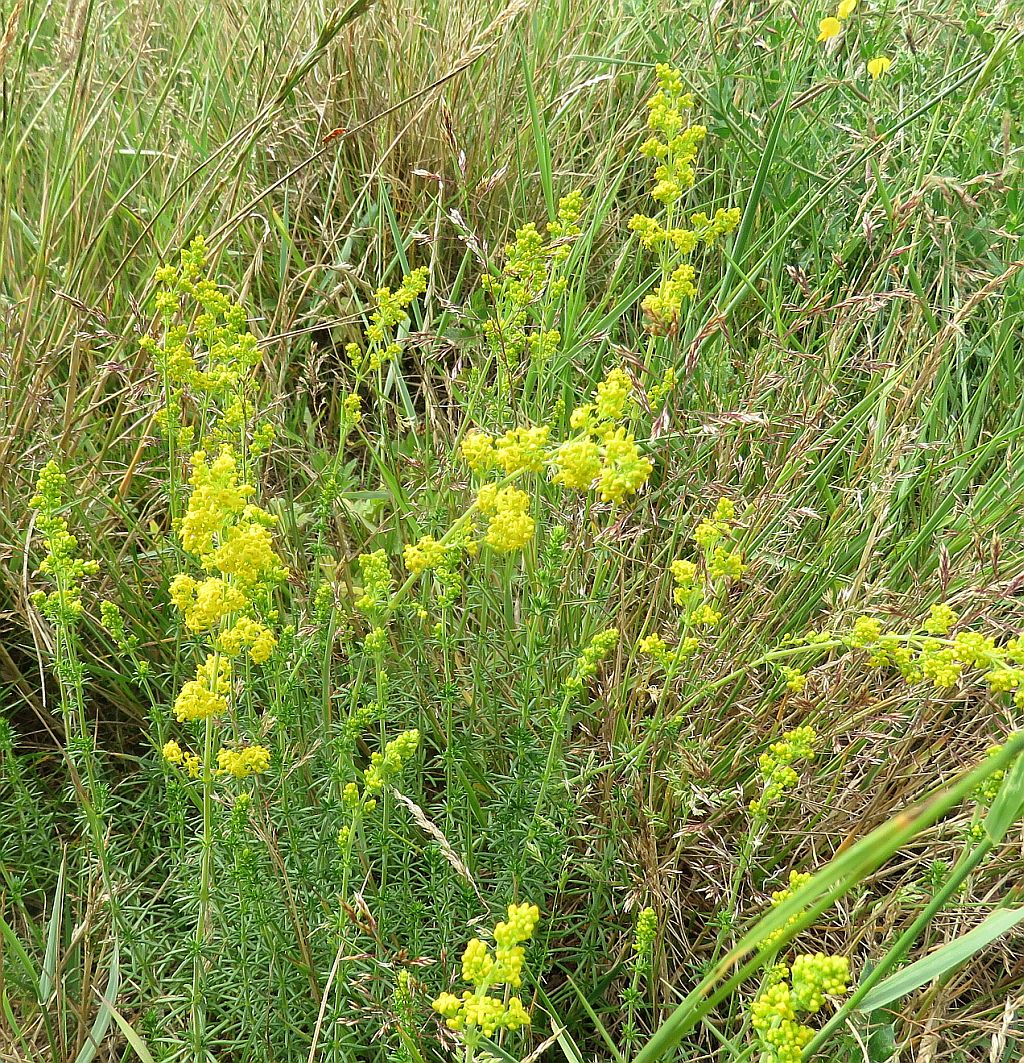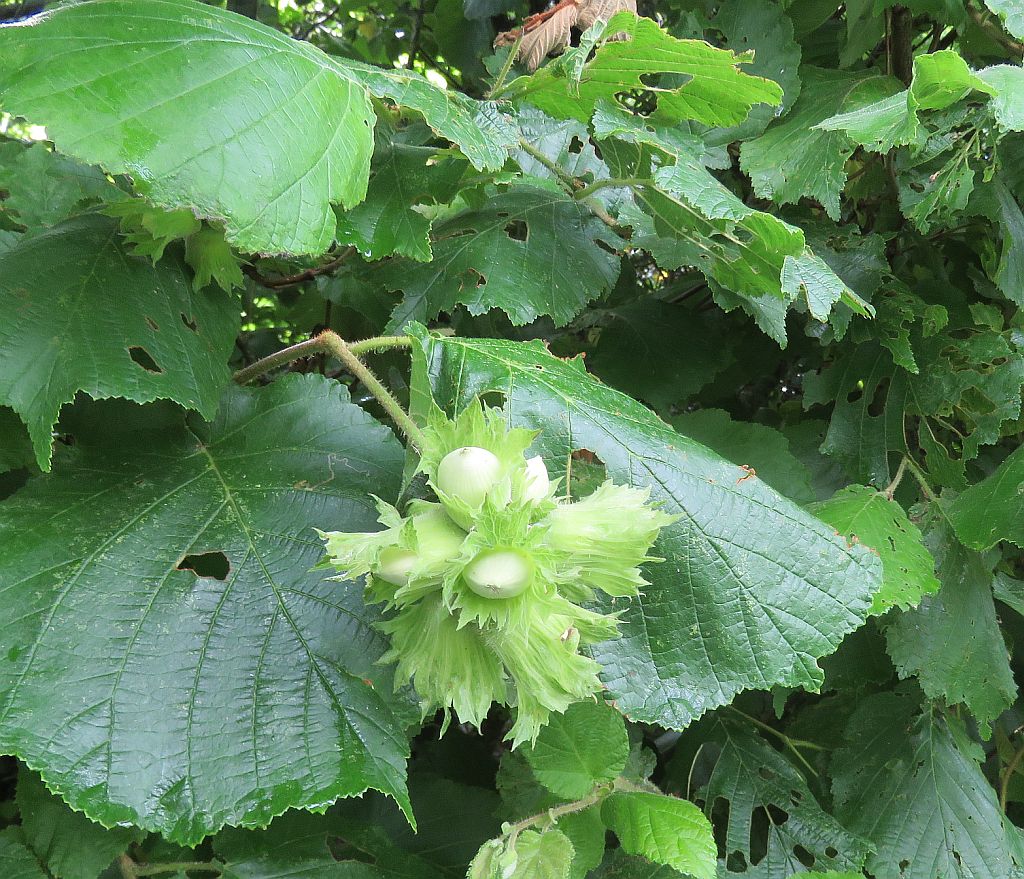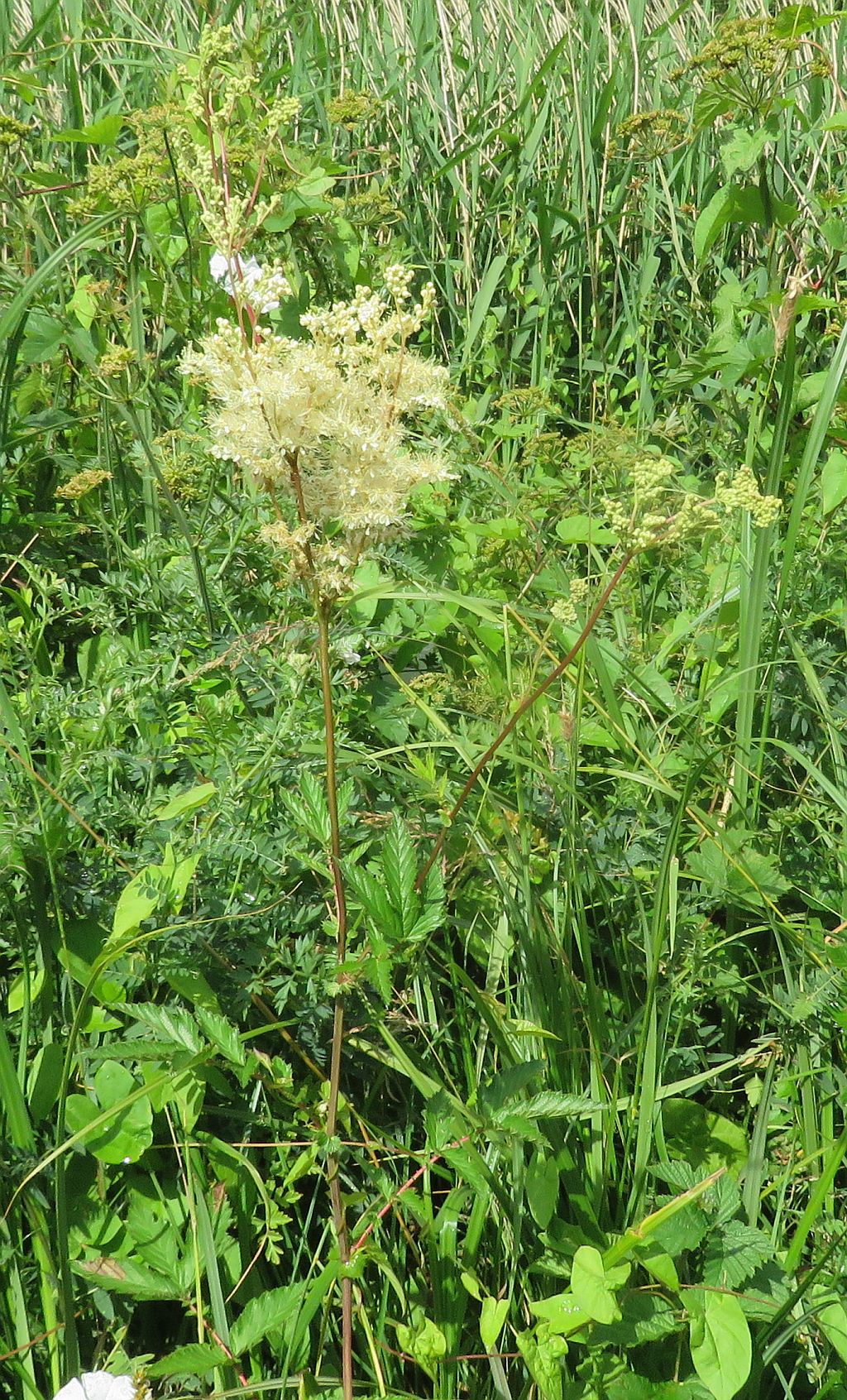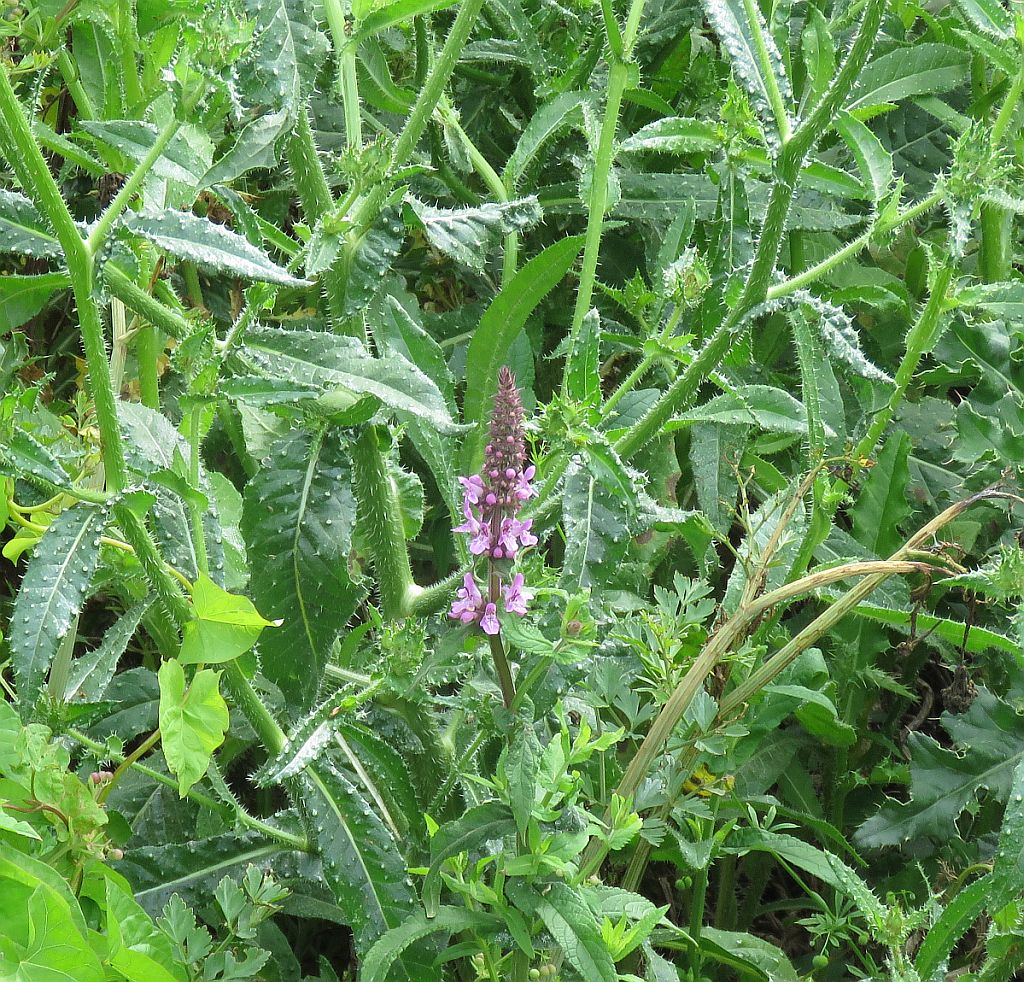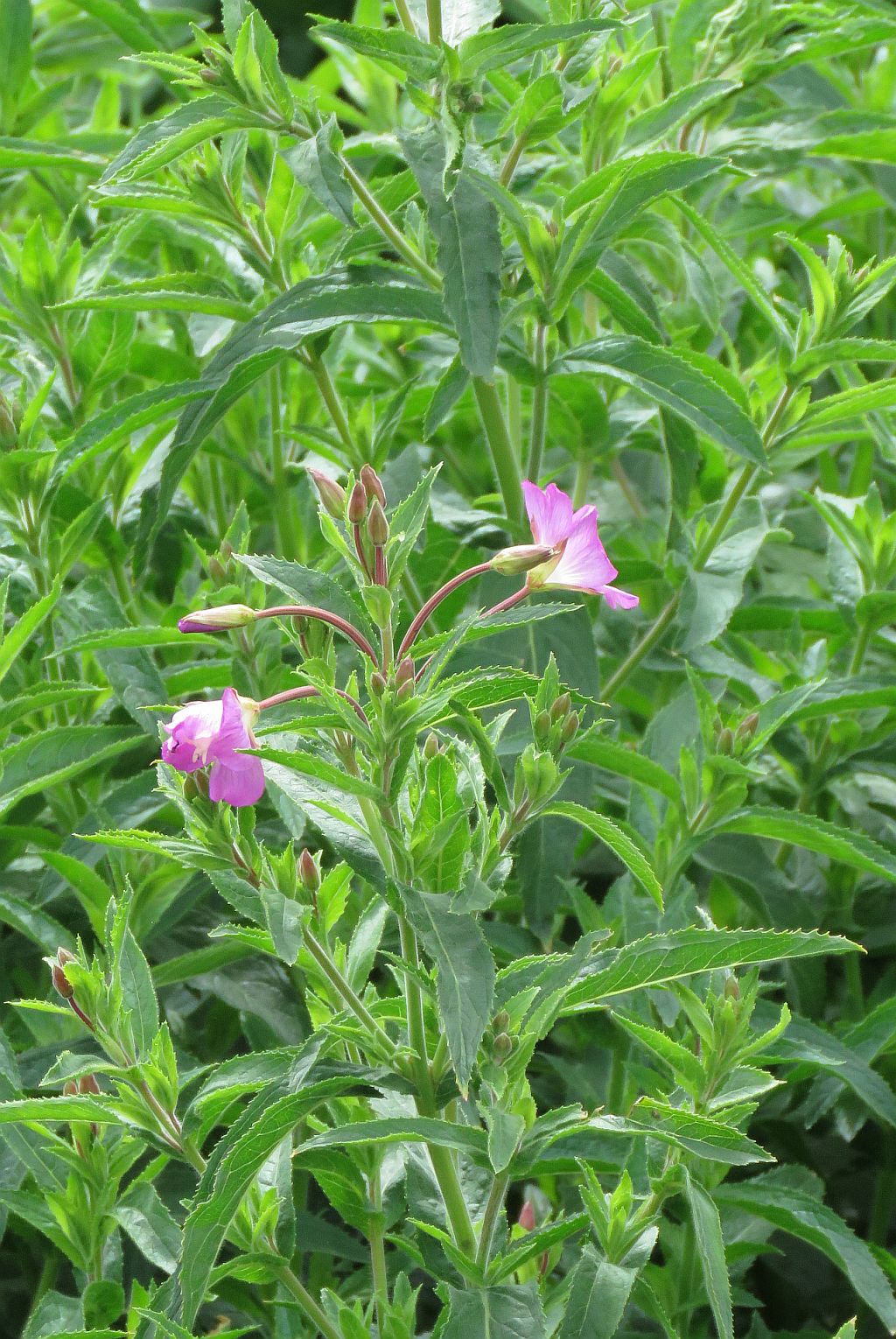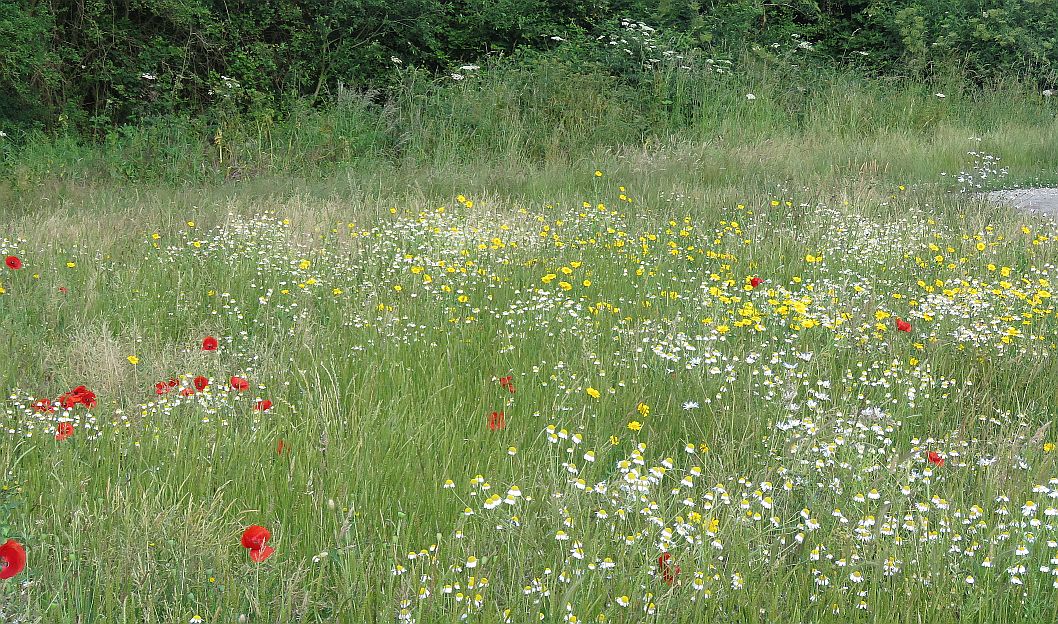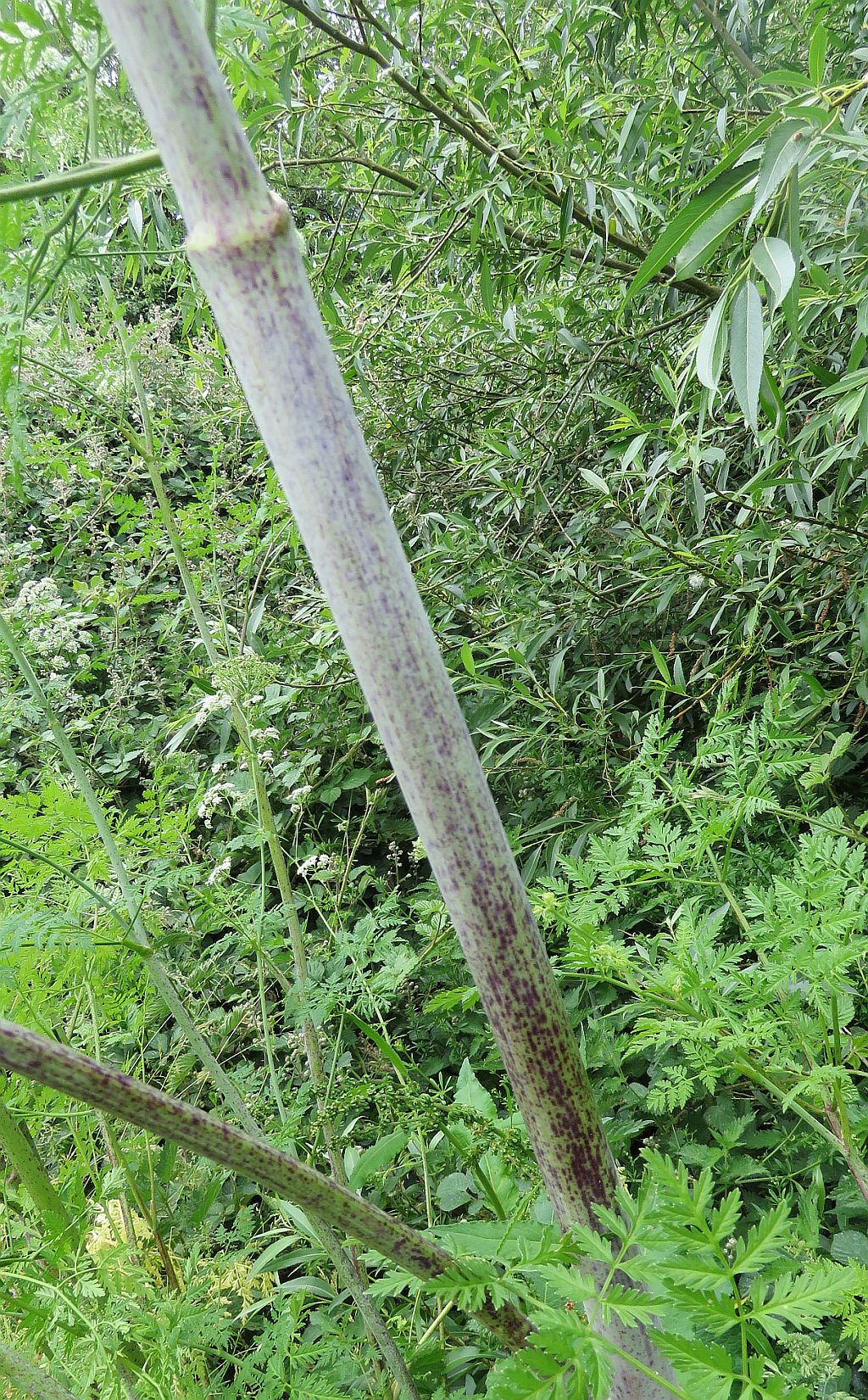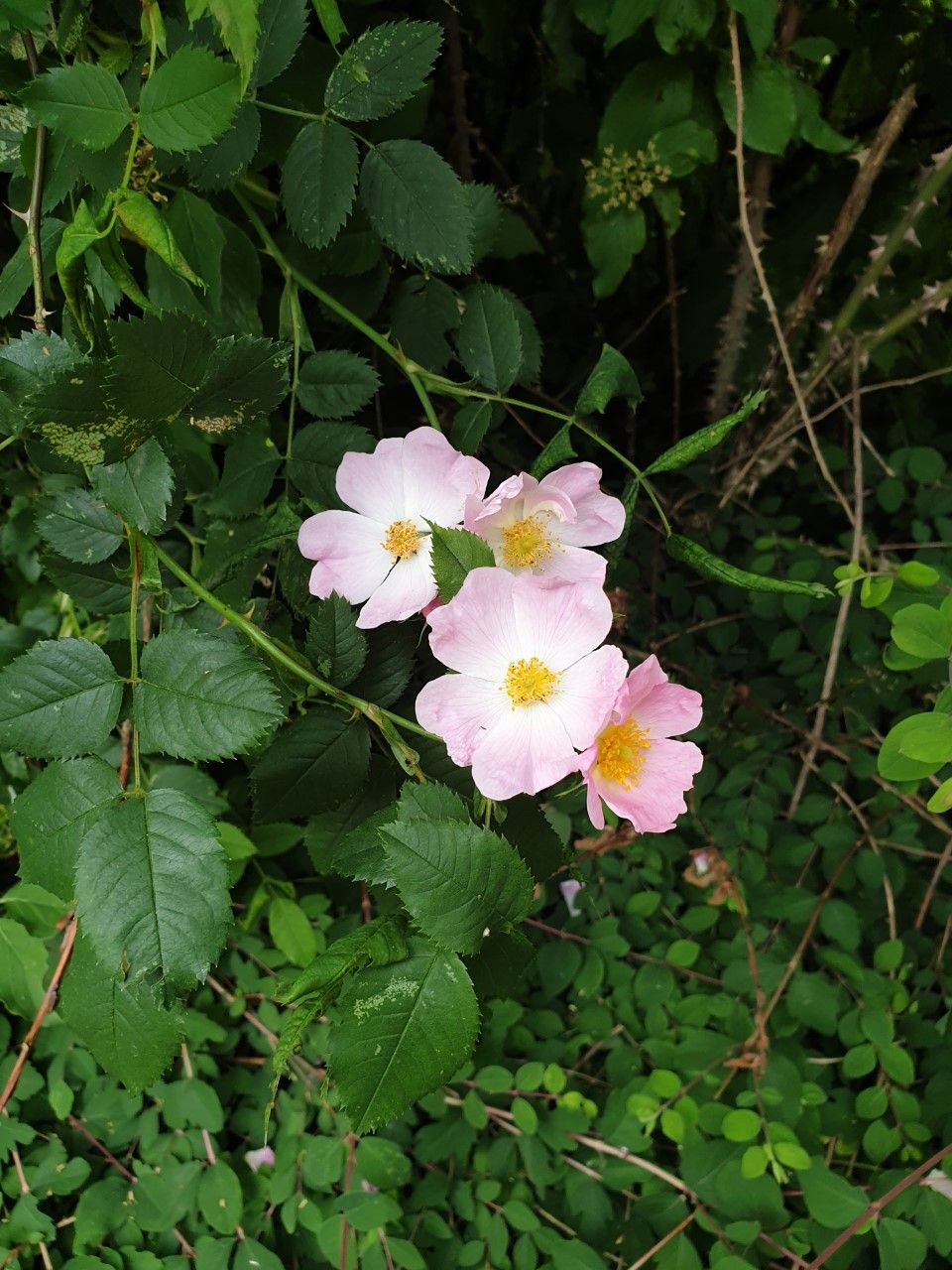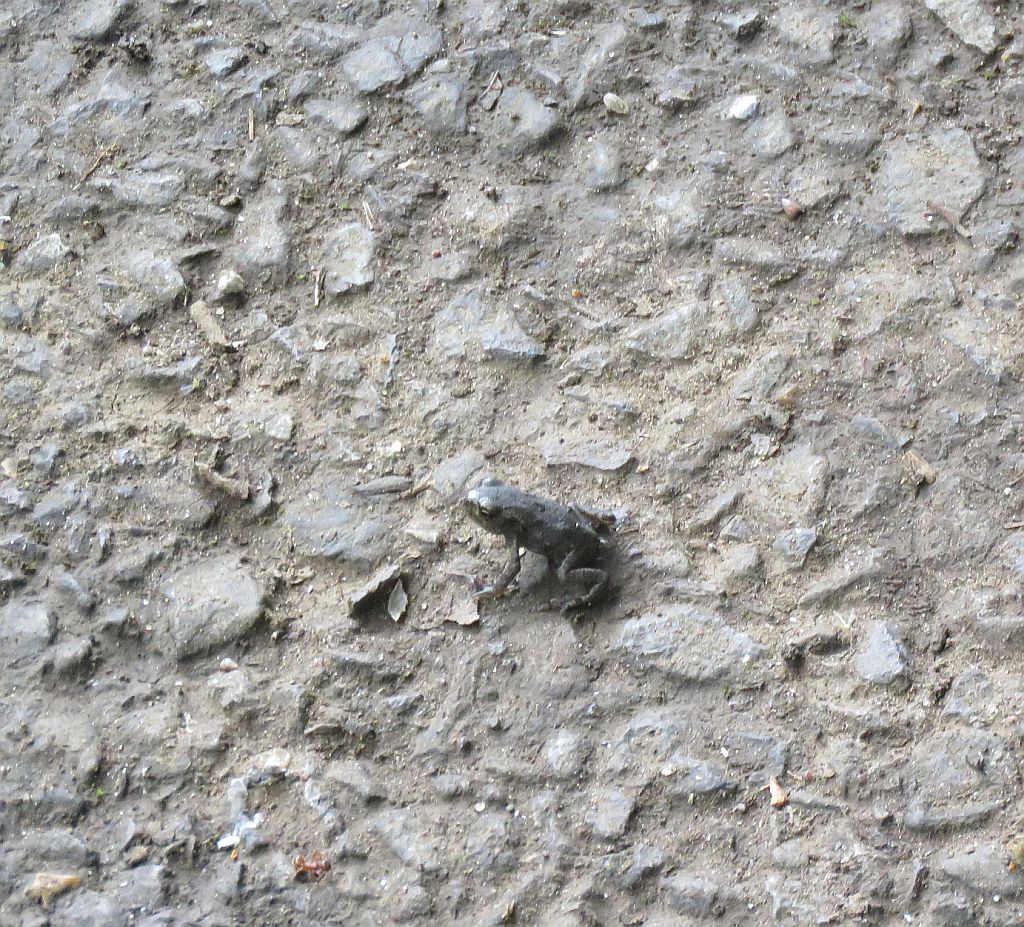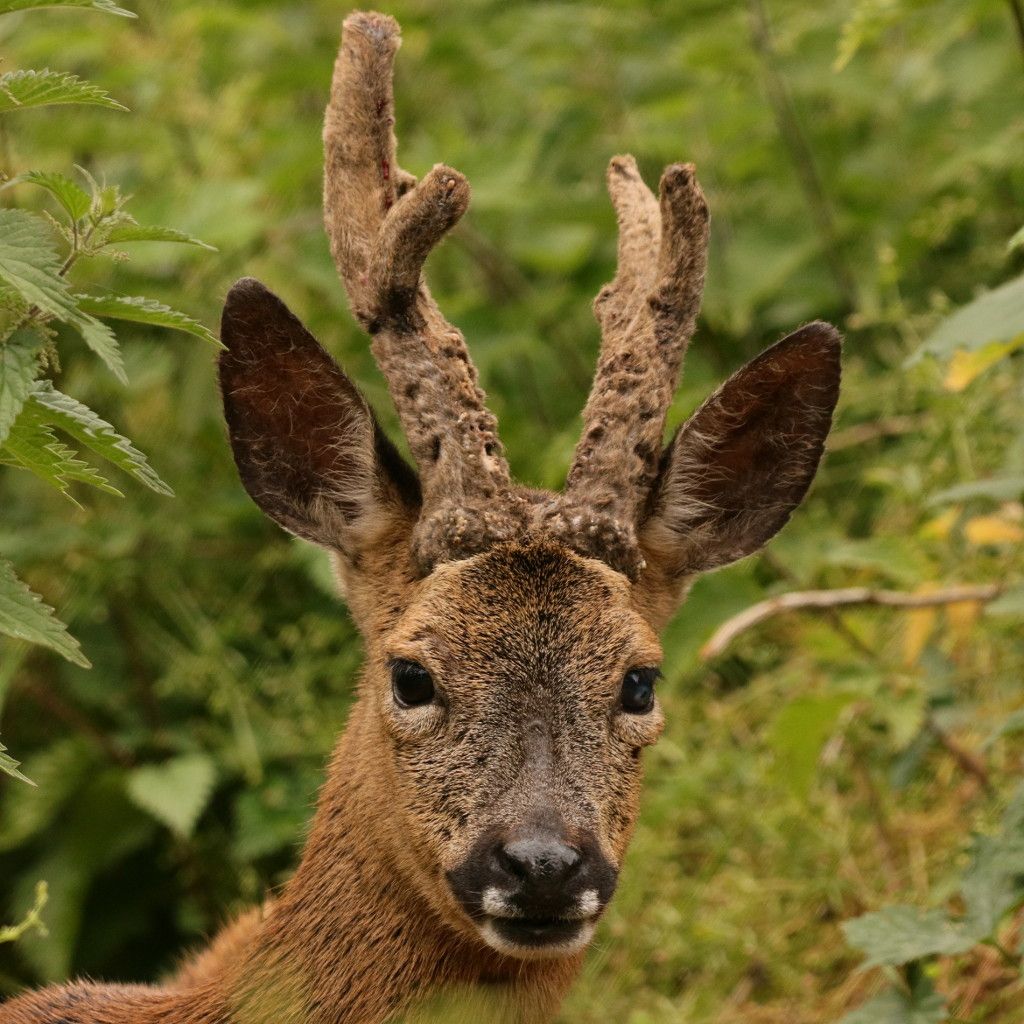
Click on the link to send in your sightings info@foteb.org.uk to help us monitor Emm Brook wildlife.This type of ‘citizen science’ allows us to get a clearer picture of what is happening along the Emm.
For previous months sightings see Archive
The "Area Seen" refers to the 11 sections that the Brook has been split into for monitoring purposes (see Wildlife page under Monitoring ).
For what you can expect to see on the Emm this month, click here June
All sightings unless stated are from personal observations by Eddie Napper
Click on any picture to see a larger image
|
Birds
29/06/20
28/06/20
27/06/20
26/06/20 EMM BROOK POLLUTION INCIDENT UPDATE The Environment Agency has confirmed that the chemical spill has been contained on site (where the spill occurred) & has not affected the Emm Brook. As a precaution, an Environment Officer attended the Emm Brook & Dinton Pastures & found no signs of negative impact.The Emm Brook has therfore been declared safe. 25/06/20 Heading North West over Area 7 were 3 Ring-necked Parakeet seen at 07:30 by Paul O'Neill 24/06/20 EMM BROOK POLLUTION INCIDENT It was announced this afternoon by the Environment Agency that 8,000 litres of Nutriox had been discharged to the ground approx 1.5 miles upstream of the Emm Brook. The chemical has not entered the adjacent stream and it has not entered the underlying groundwater table . Nutriox is classed as a hazardous substance.The chemical is dangerous to eyes and harmful if swallowed.Advise is to rinse well with fresh water. Nutriox is used in a process which eliminates septicity , which produces dangerous and odorous hydrogen sulphide gas in sewer networks/ sewage treatment works. Whilst this is being investigated please do not enter the Emm Brook or allow your dog to swim in it. 23/06/20 A Lesser Whitethroat was heard singing from a Bramble Bush at Old Forest Road Meadows in Area 8 by Paul O'Neil. In Area 10 a Great White Egret was seen flying low over the Wet Meadow adjacent to the Emm heading South by Chris Gent. 22/06/20 Over Area 7A a Common Buzzard was riding on the thermals and a Kestrel was patrolling the hedgerows along the field edges. 21/06/20
20/06/20
19/06/20 In Area 7A at least 2 male Yellowhammer were heard singing along with a Skylark . 5 Raven were seen by Paul O'Neill in Area 7 circling over before drifting off to the South. 17/06/20 A Mute Swan was seen by Paul O'Neill in Area 7 from his garden just below house height heading North East. 16/06/20
15/06/20 In Area 10, 3 Grey Wagtail including a juvenile were on the beach at the Dinton Activity Centre seen by Geoff Emmett. In Area 7A the male Yellowhammer was seen and heard singing by Paul O'Neill. 14/06/20 In Area 1 a Little Owl was seen sitting on a fencepost by Sean Stevenson near Ludgrove School , 2 Swift were feeding over Brookside in Area 5 and a female Kestrel was seen by Paul O'Neill in Area 7 chasing, and making contact with, an unfortunate Red Kite . 13/06/20
12/06/20
10/06/20 In Area 10 on the Wet Meadow 6+ juvenile Pheasant were seen by Alan Rymer. 09/06/20
07/06/20 Over Area 5 (Brookside) at midday 9 Red Kite were spiralling on the thermals. 06/06/20 Flying over the Emm and Black Swan Lake this morning in Area 10 were 80 + Swift , 2-3 House Martin , 5+ Sand Martin and a juvenile Grey Wagtail was on the beach by the Dinton Activity Centre seen by Fraser Cottington.Heard singing in Area 8 by Will Day above the wind noise were Greenfinch and Blackcap . 05/06/20
03/06/20
02/06/20
01/06/20 In Area 4 a Hobby was circling over Paul Bright Thomas's garden. Meanwhile in Area 7 an Oystercatcher was heard flying over by Paul O'Neill. |
Insects
29/06/20
25/06/20
24/06/20 This week is National Insect Week . Organised by the Royal Entomological Society, it encourages everyone to appreciate and learn more about the ‘little things that run the world’. Insects are by far the most diverse and ecologically important group of animals on land and there are over 24,000 known species in the United Kingdom alone, with hundreds of species to be found in almost every garden and green space. With so many to study they are grouped into orders, for example the Lepidoptera (butterflies and moths), Odonata (dragonflies and damselflies), Hymenoptera (bees, ants and wasps), Orthoptera (grasshoppers and crickets) and Coleoptera (beetles) to name a few. Insects have a huge role to play and without them our lives would be very different: they pollinate fruit, flowers and vegetables; they are food for amphibians, reptiles, birds and mammals; and they feed on lots of living and dead things themselves, breaking down waste and helping to keep the balance of nature. You can find out more about National Insect Week on their website. National Insect Week 23/06/20
21/06/20
20/06/20
19/06/20
17/06/20
16/06/20
15/06/20
13/06/20
11/06/20
10/06/20
09/06/20
08/06/20
07/06/20
05/06/20/
04/06/20/
03/06/20/
01/06/20/
|
Plants/ Trees 27/06/20
21/06/20
20/06/20
19/06/20
16/06/20
09/06/20
07/06/20
05/06/20
01/06/20
Amphibians and Reptiles
21/06/20
Mammals 21/06/20
10/06/20
Fish/ Crustaceans
18/06/20 Seen by Will Day in the Emm up and downstream of Toutley Bridge on Old Forest Road in Areas 7 & 8 were a large shoal of approxiamately 40 Roach Rutilus rutilus with a couple of Perch Perca fluviatilis in amongst them. 05/06/20
Molluscs
|

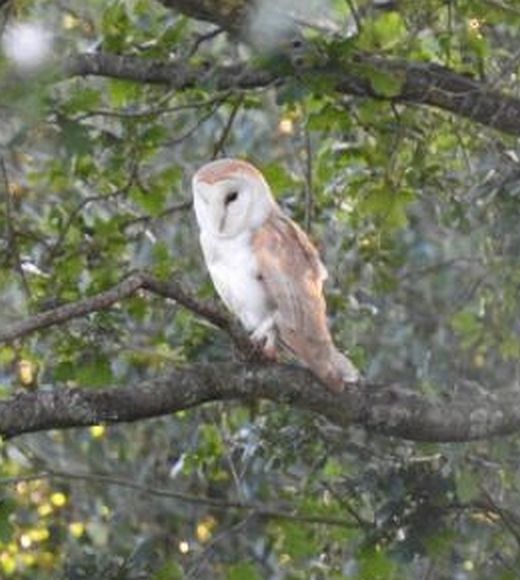
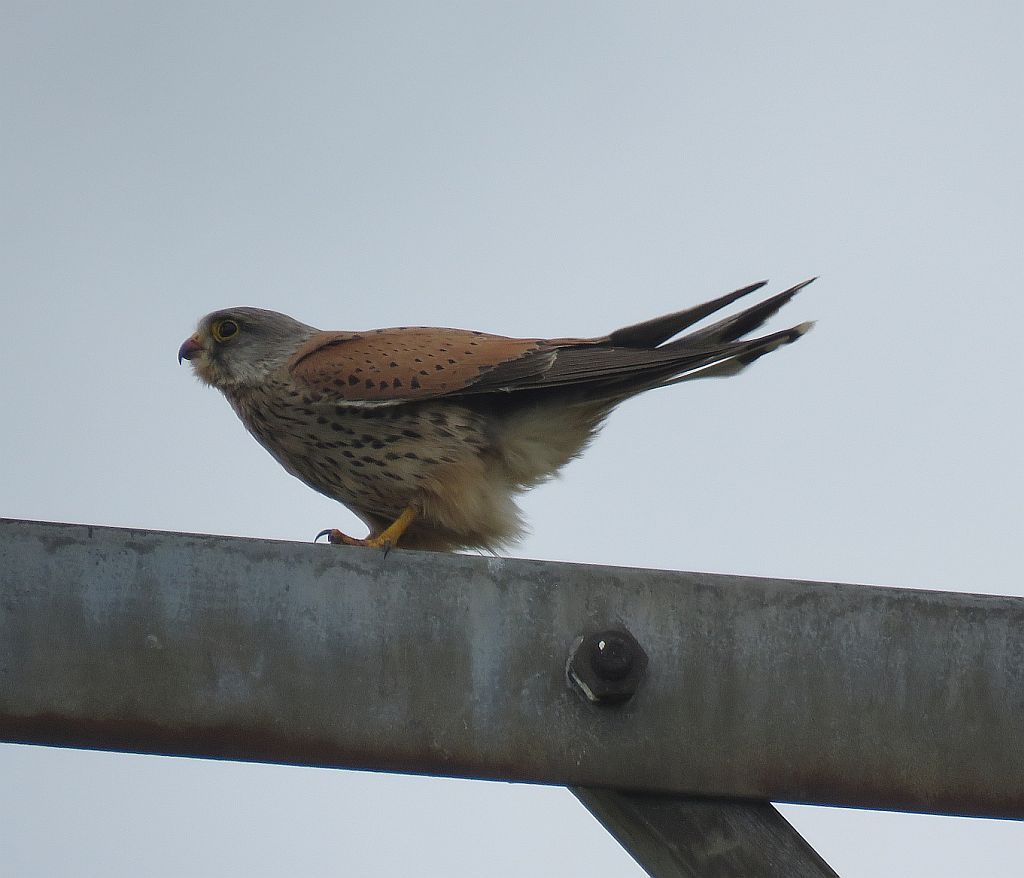

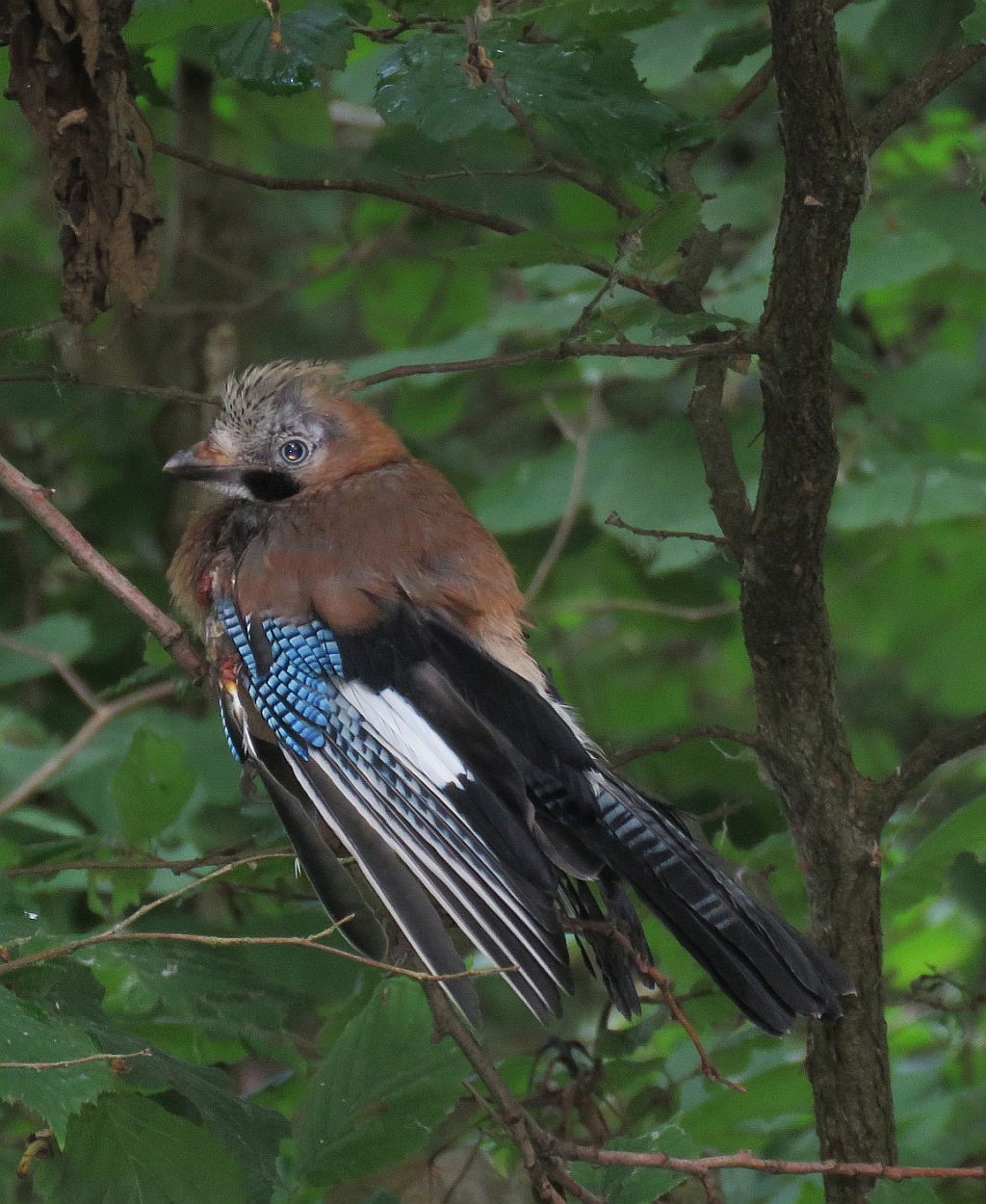
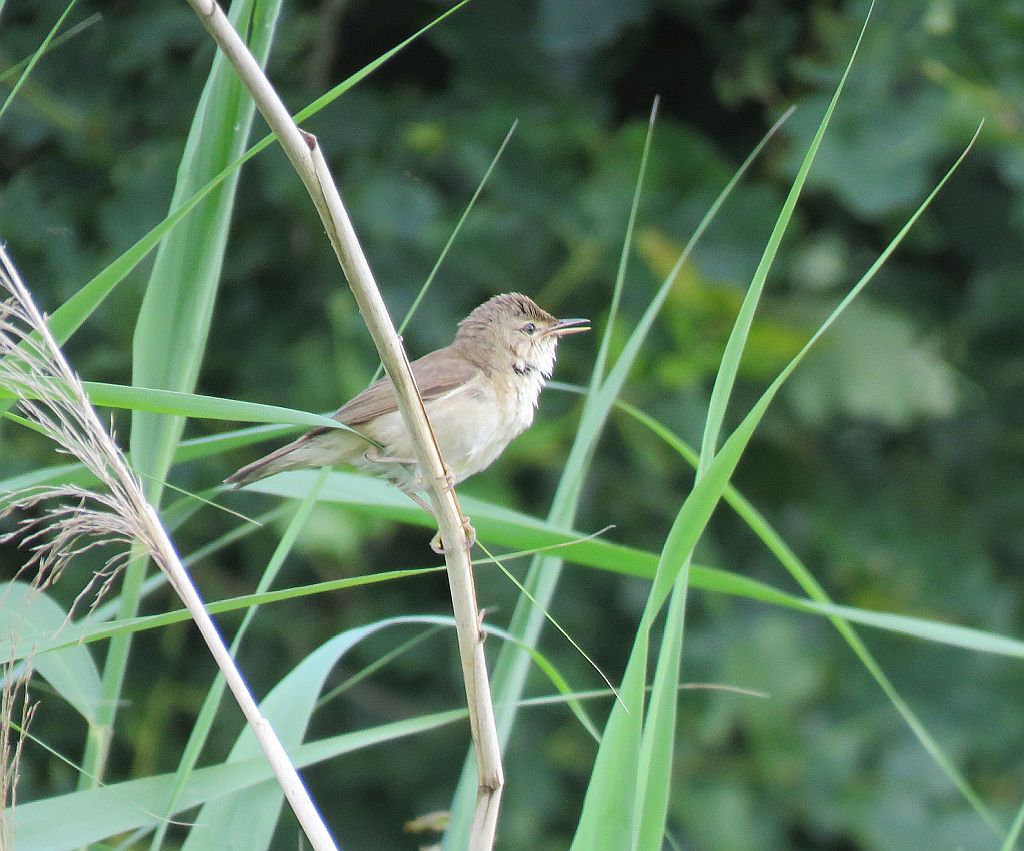

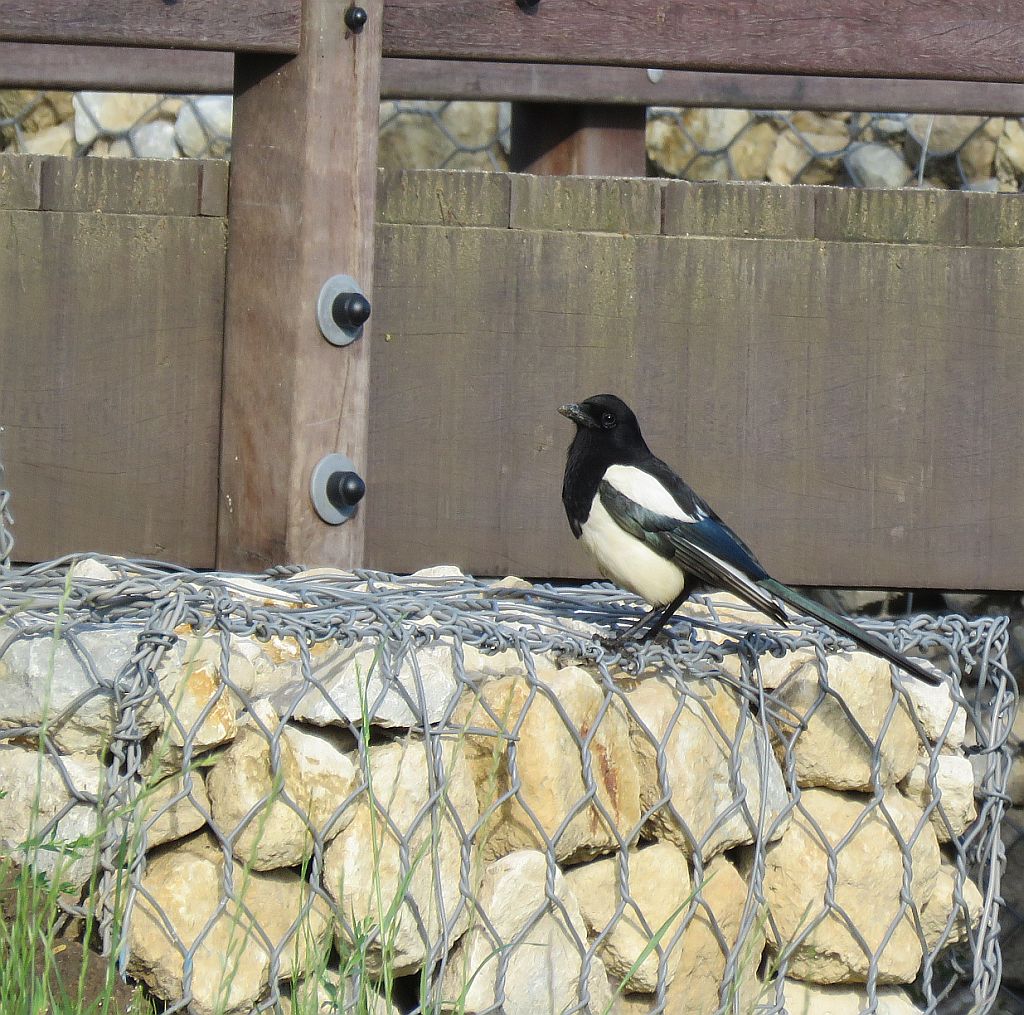
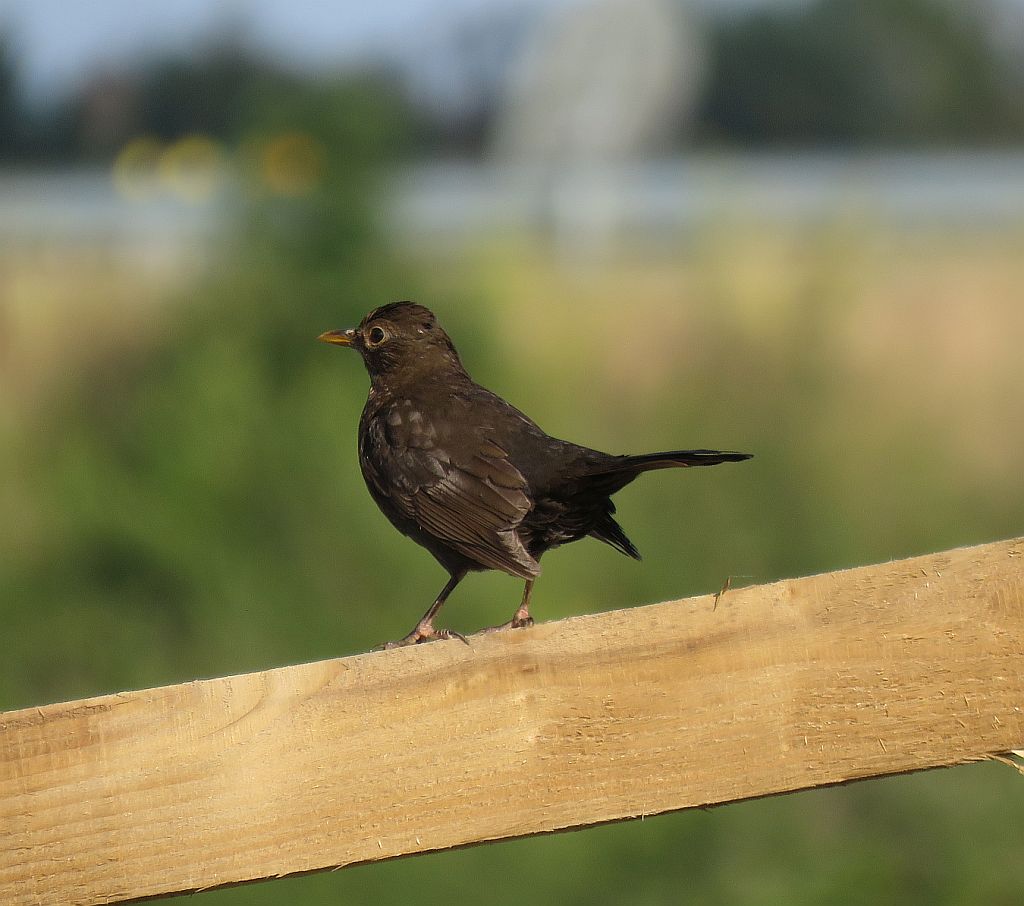


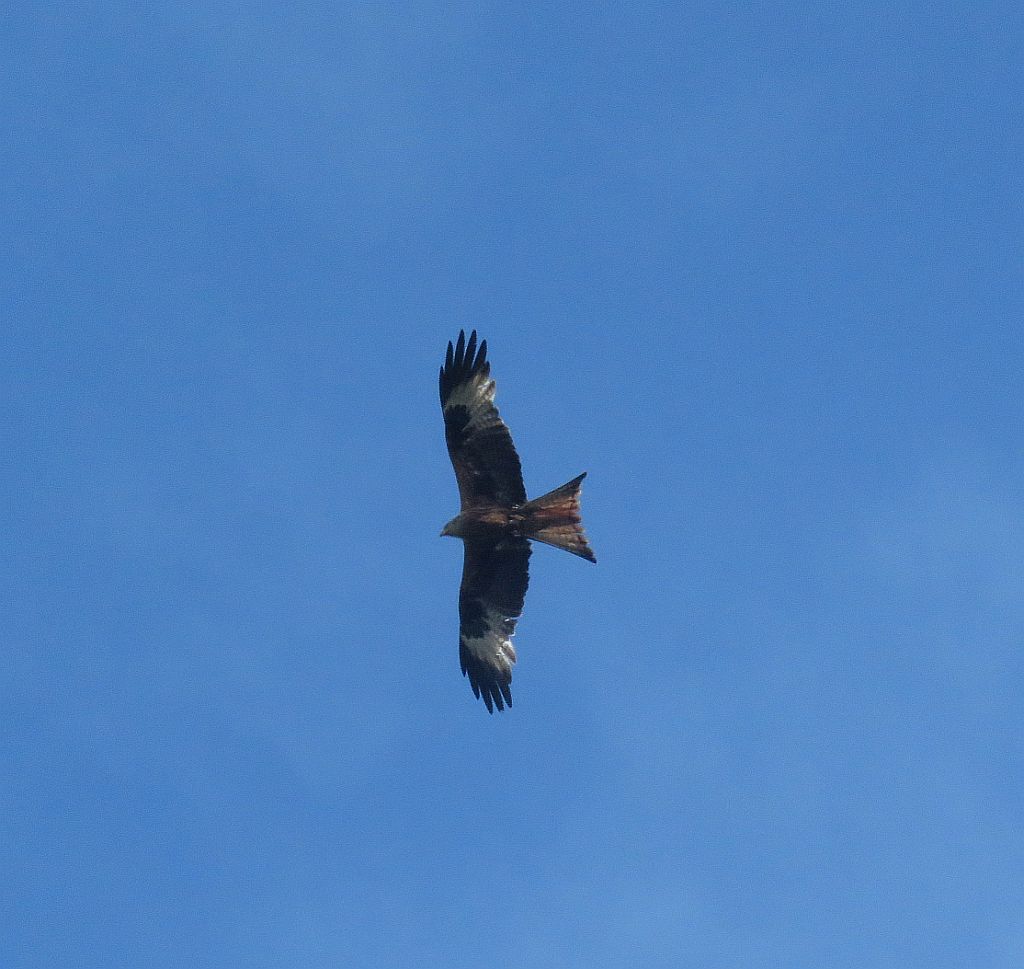
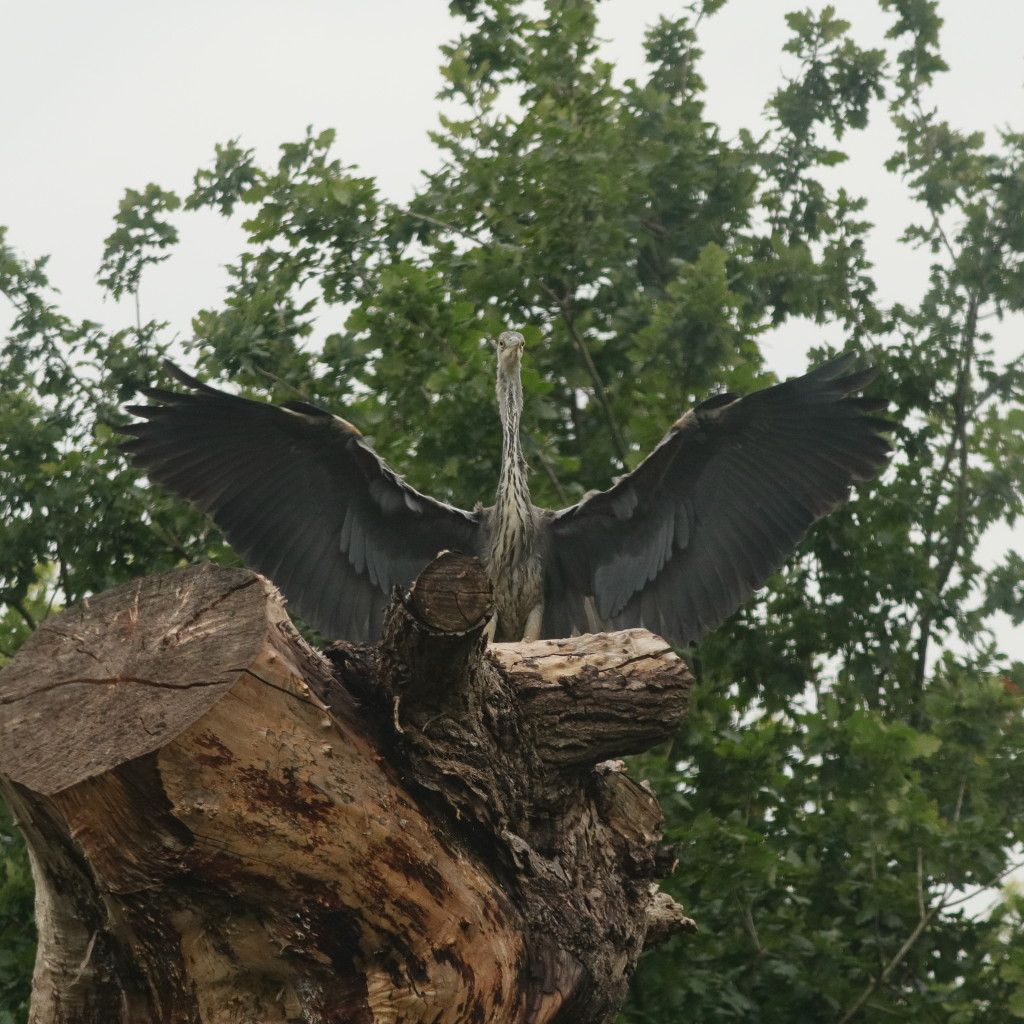

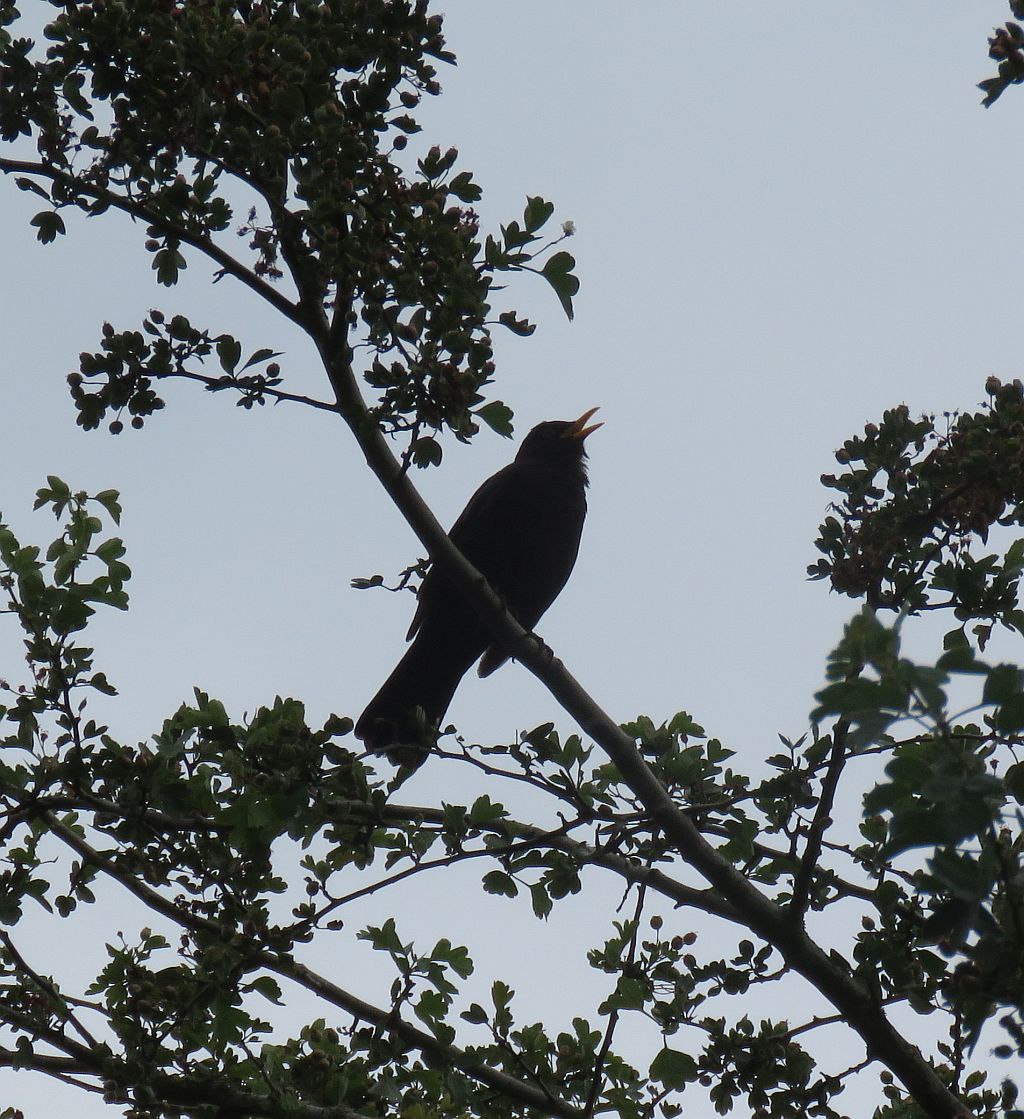
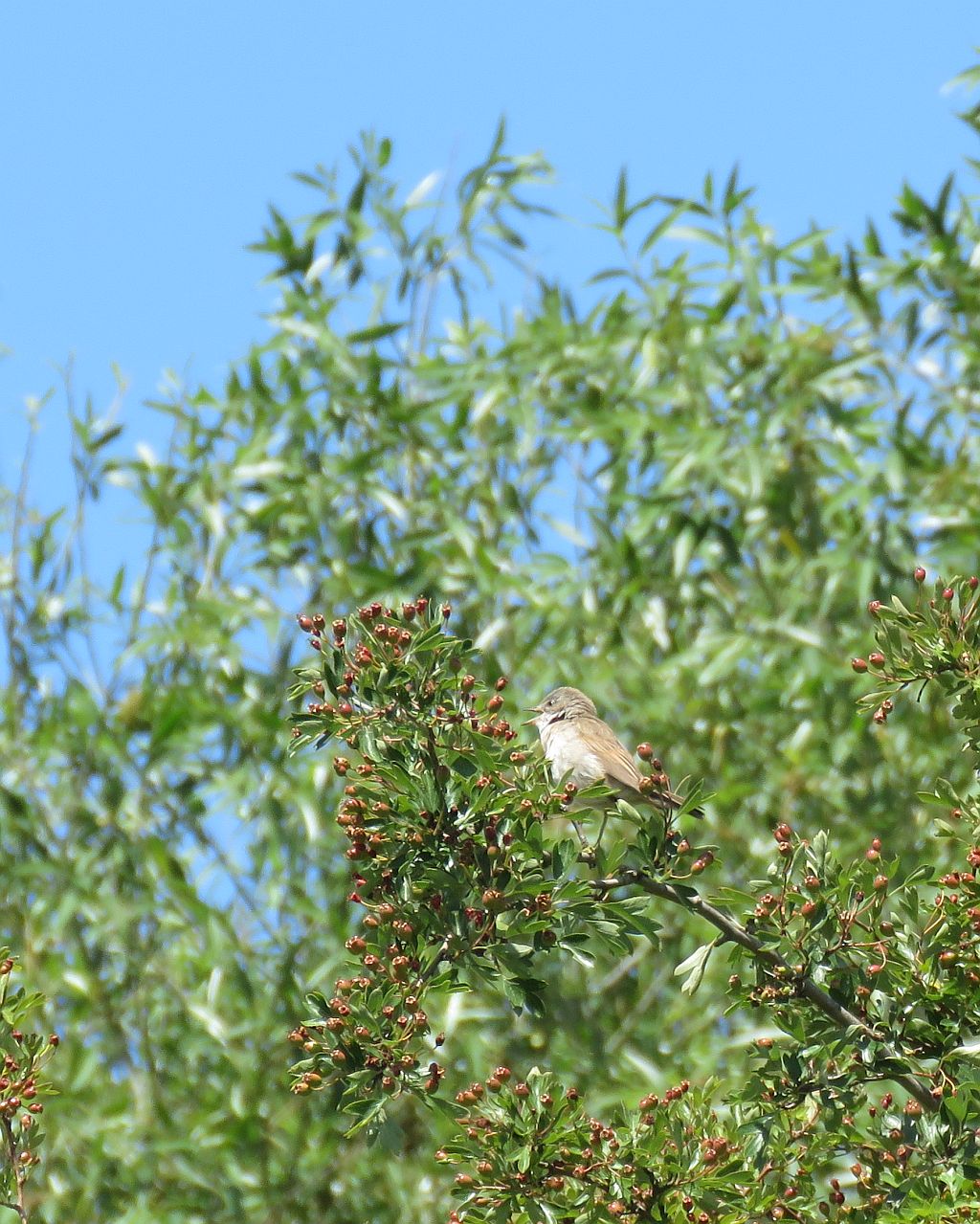
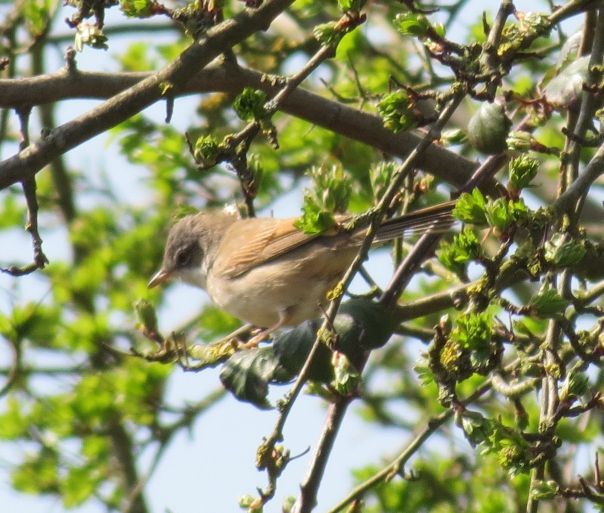
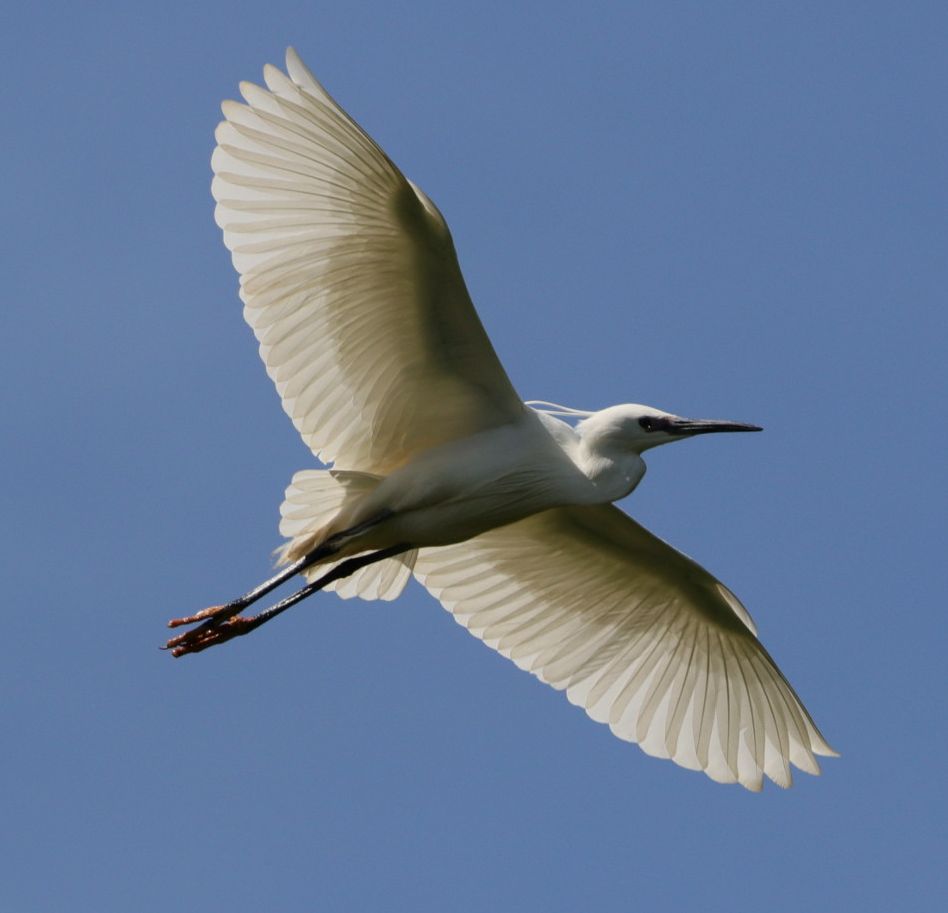
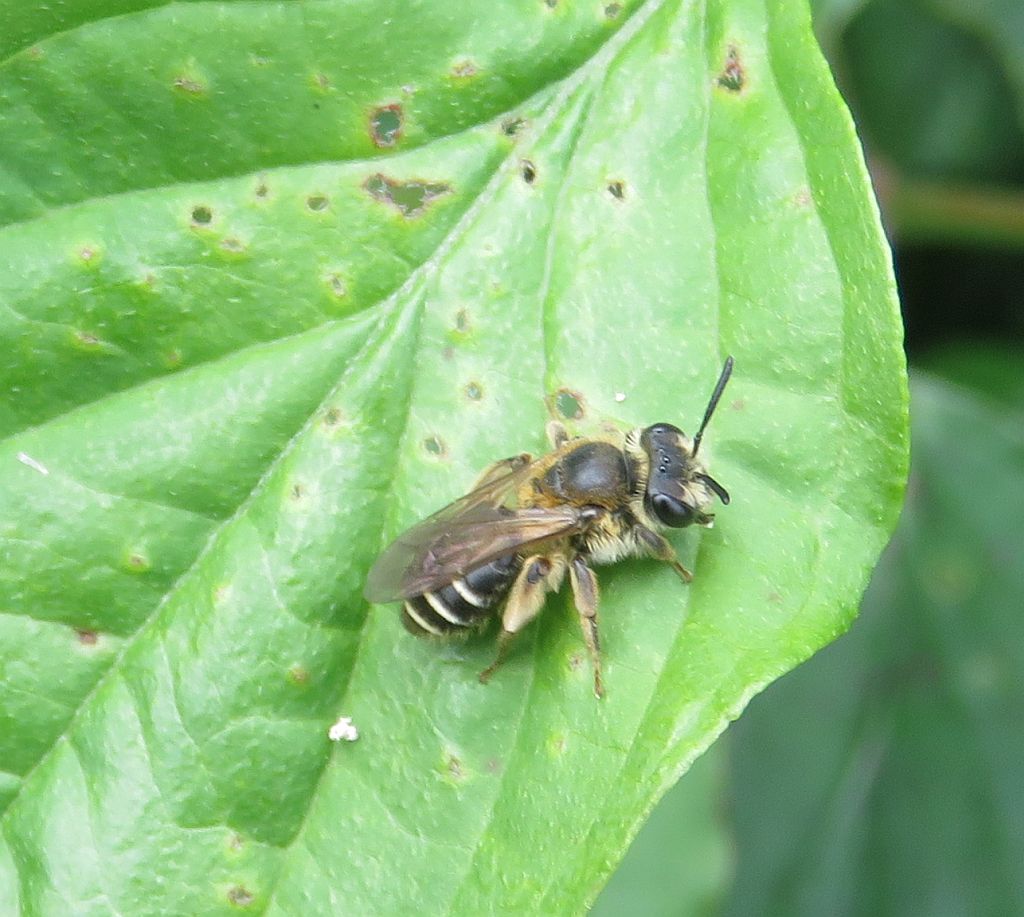

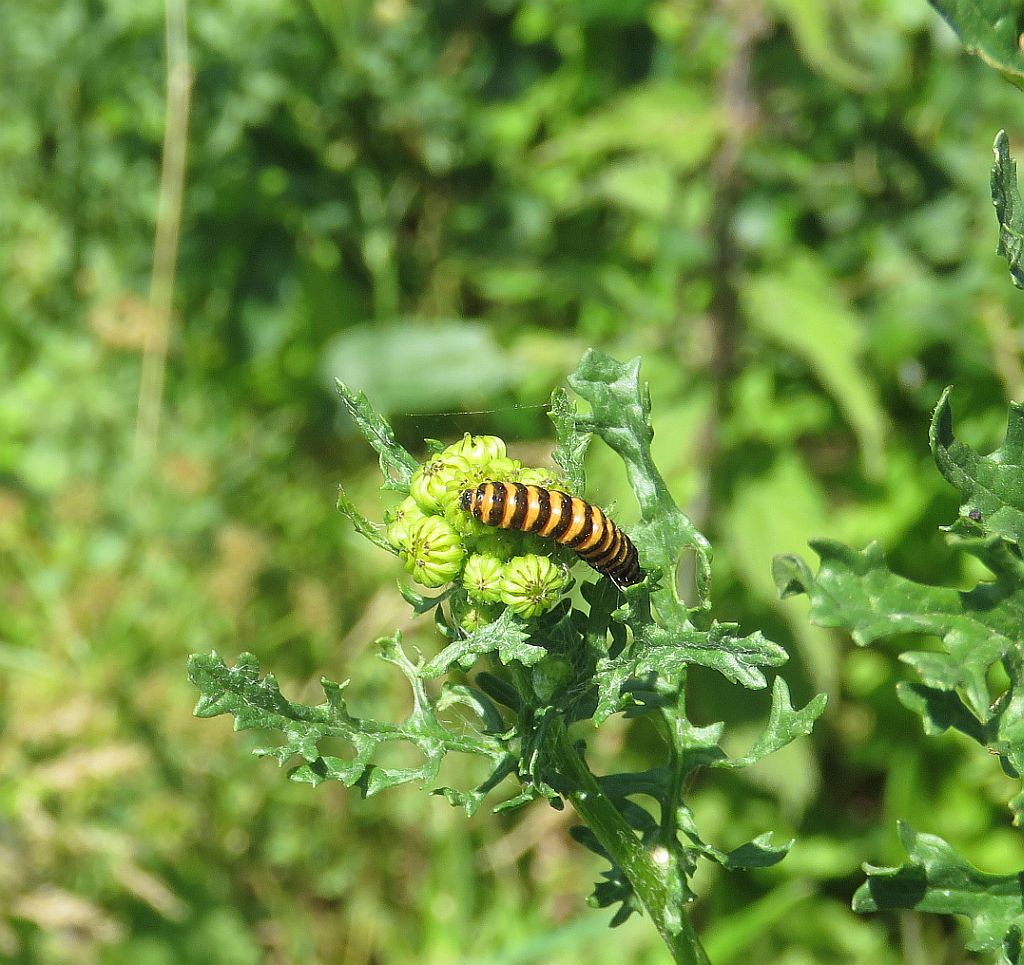
3779.jpg)

